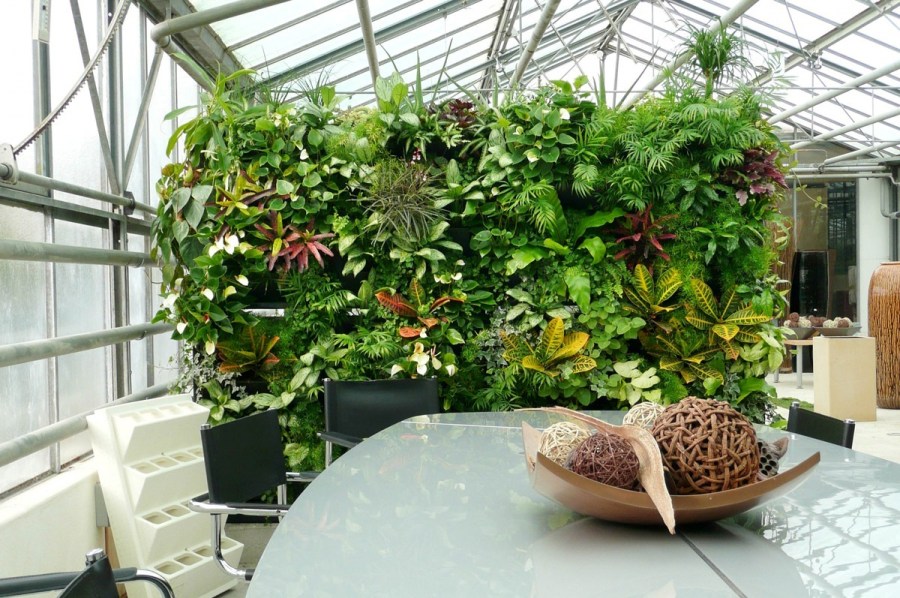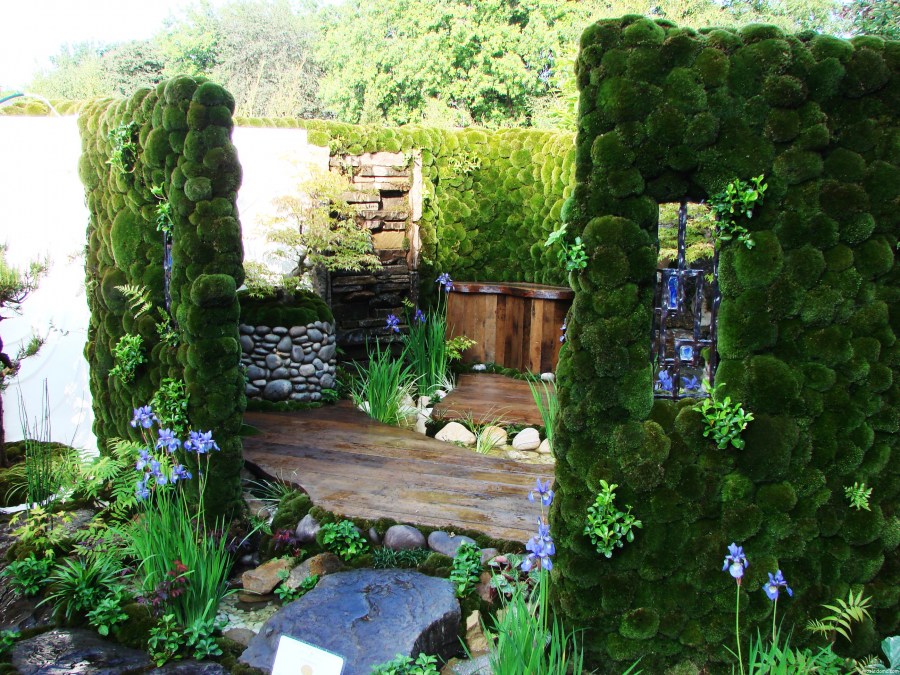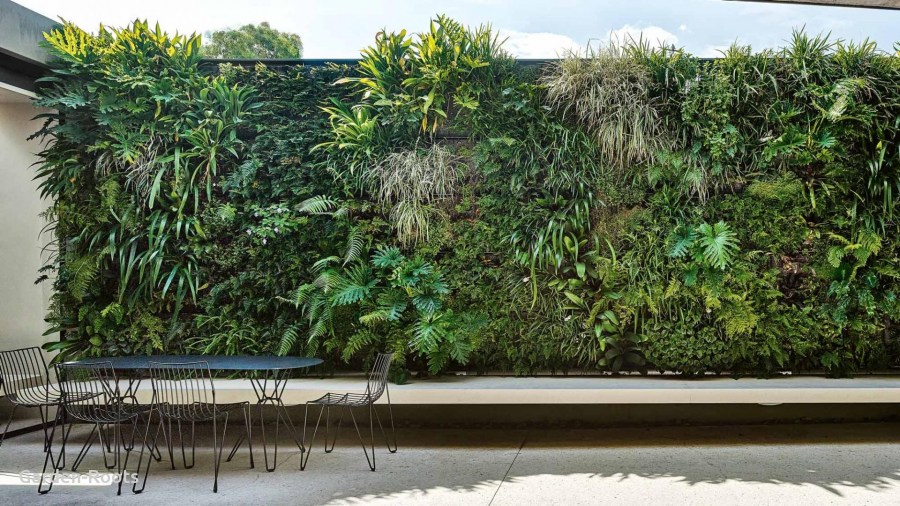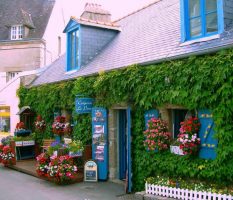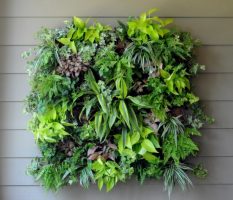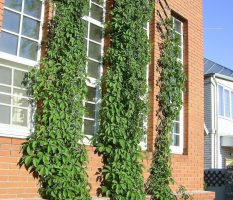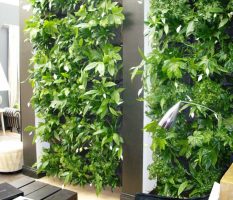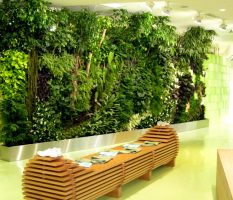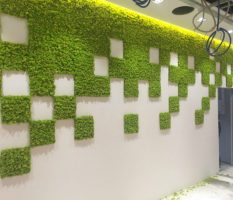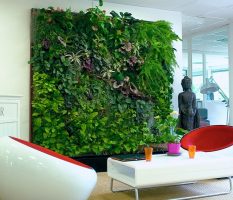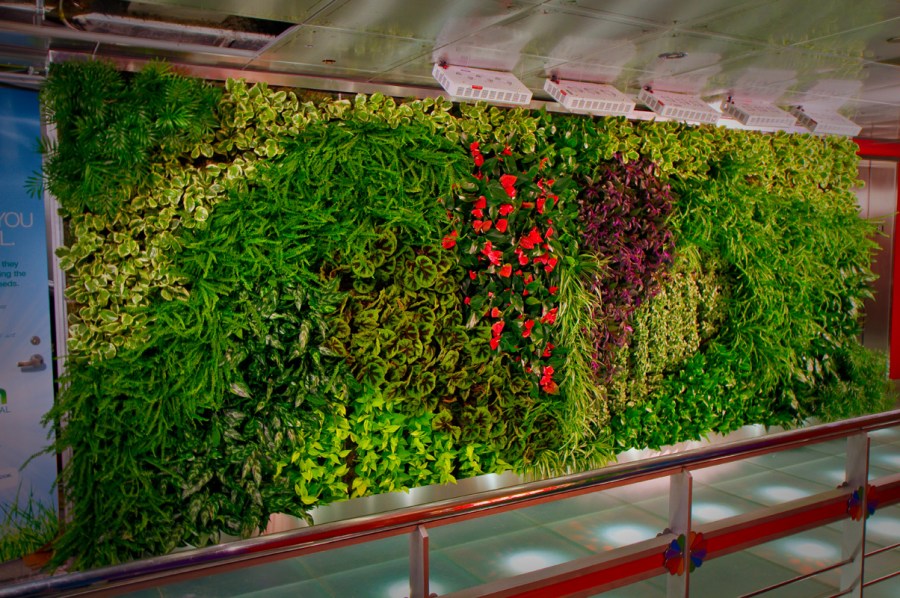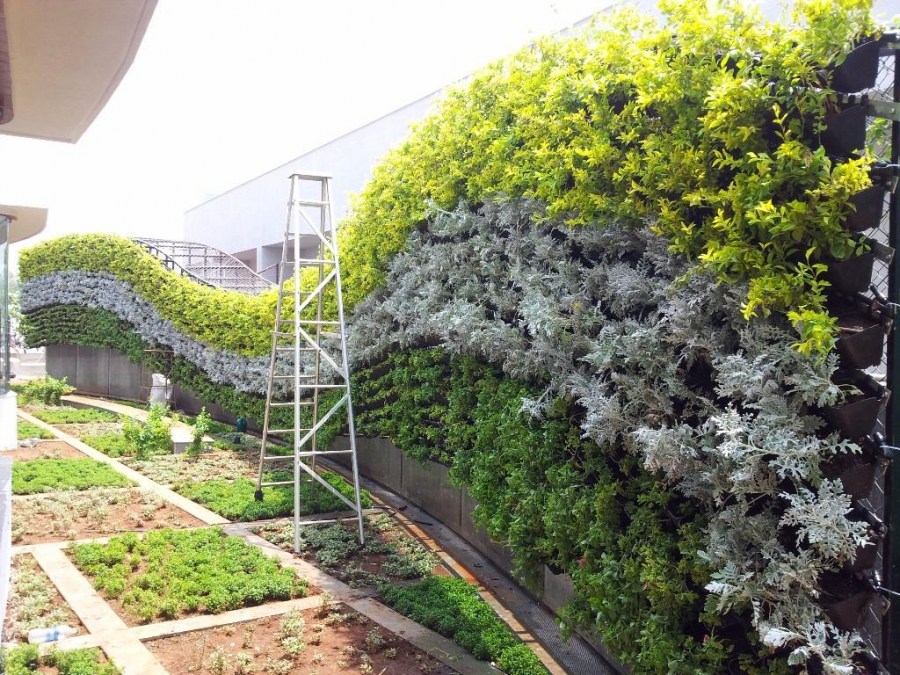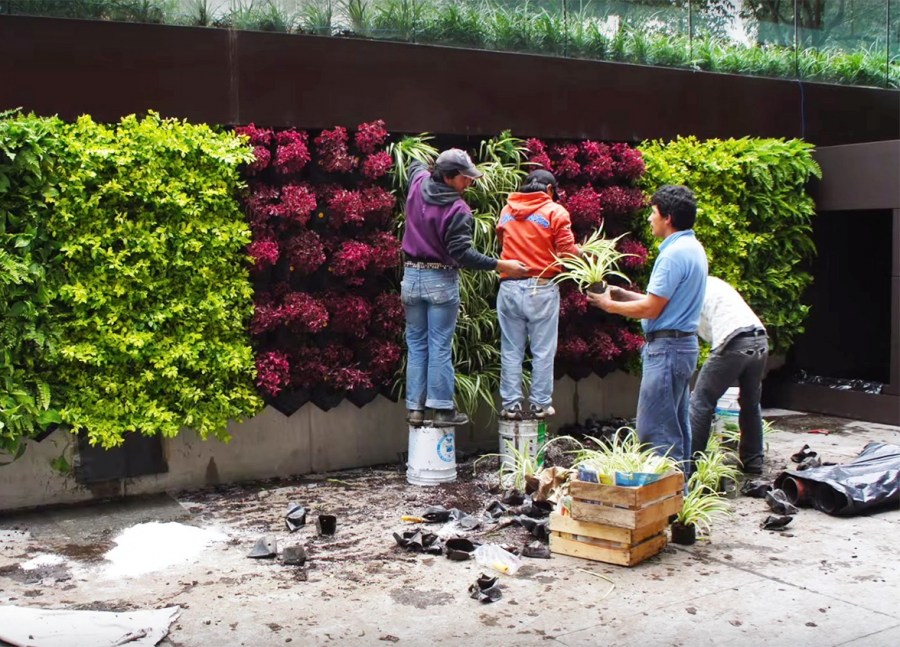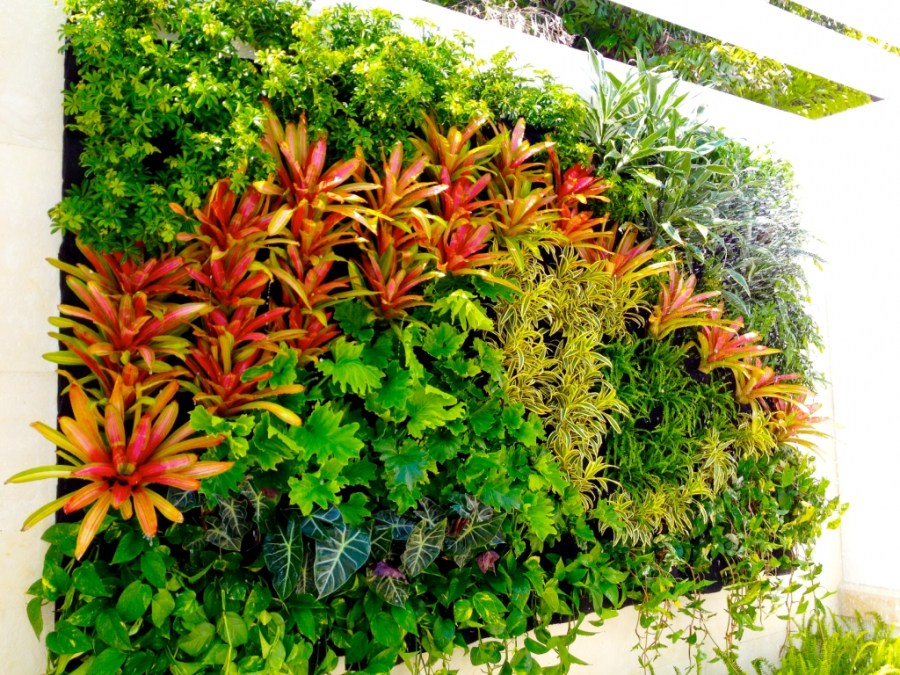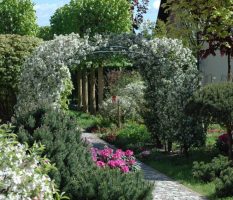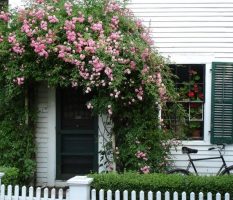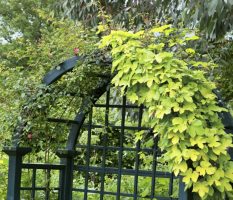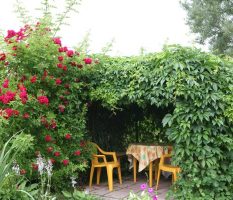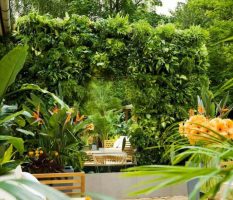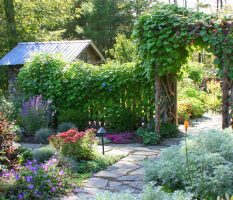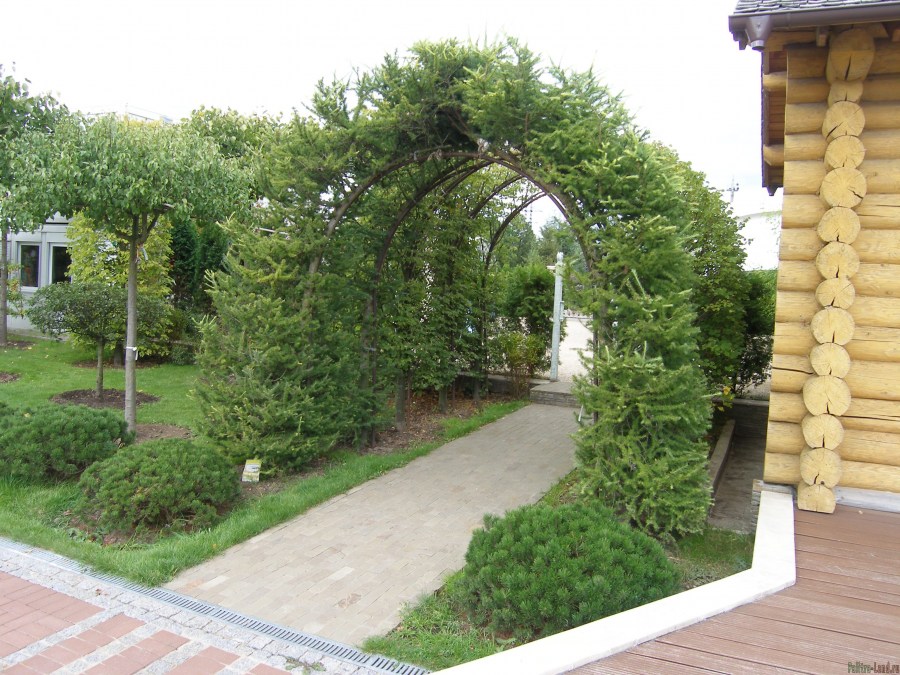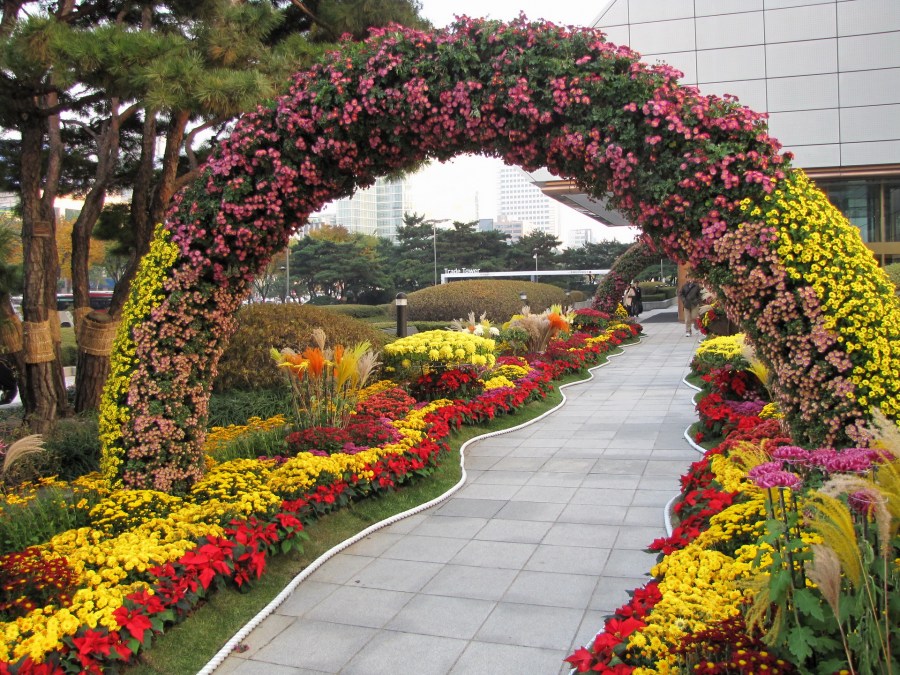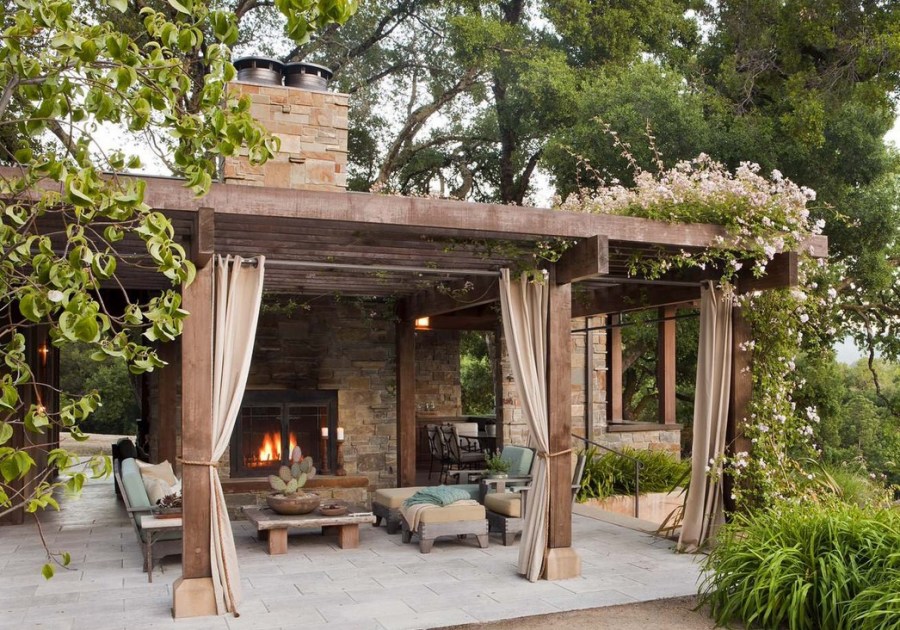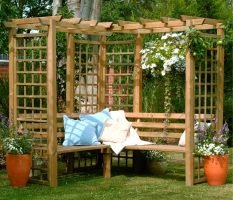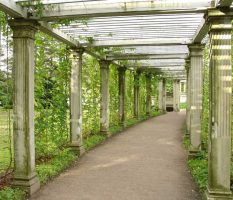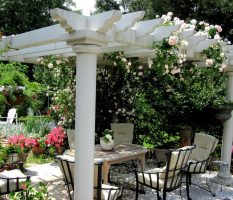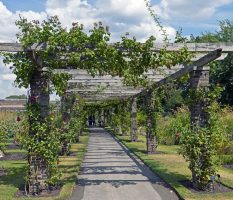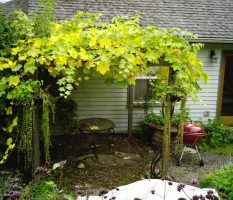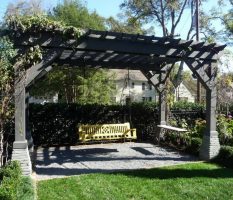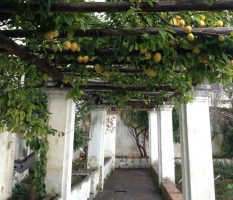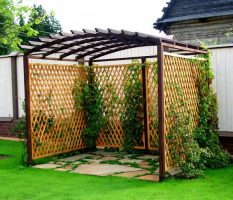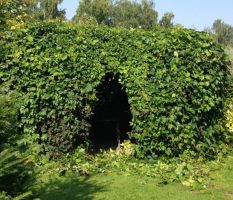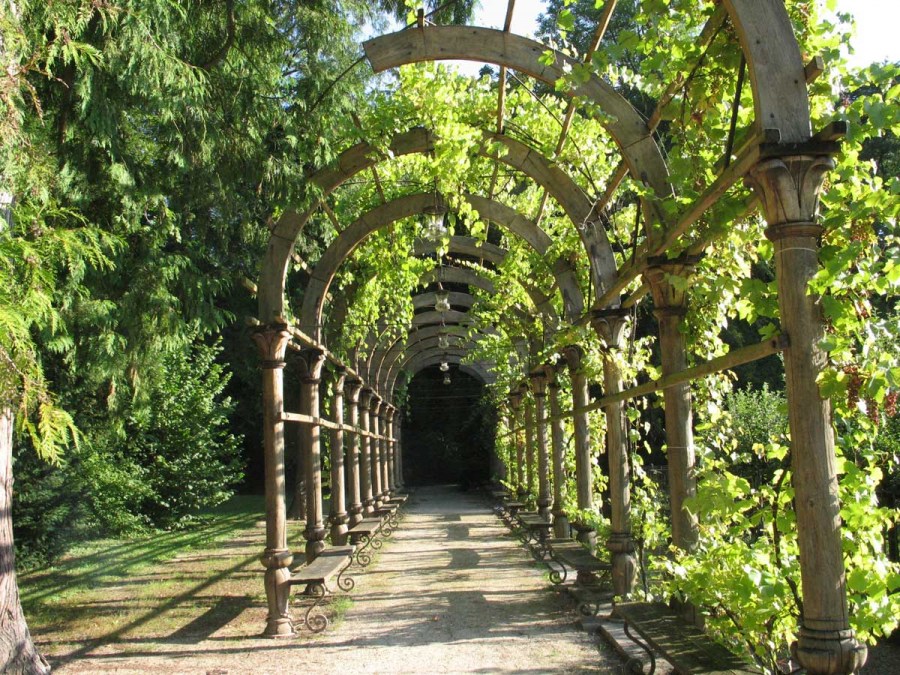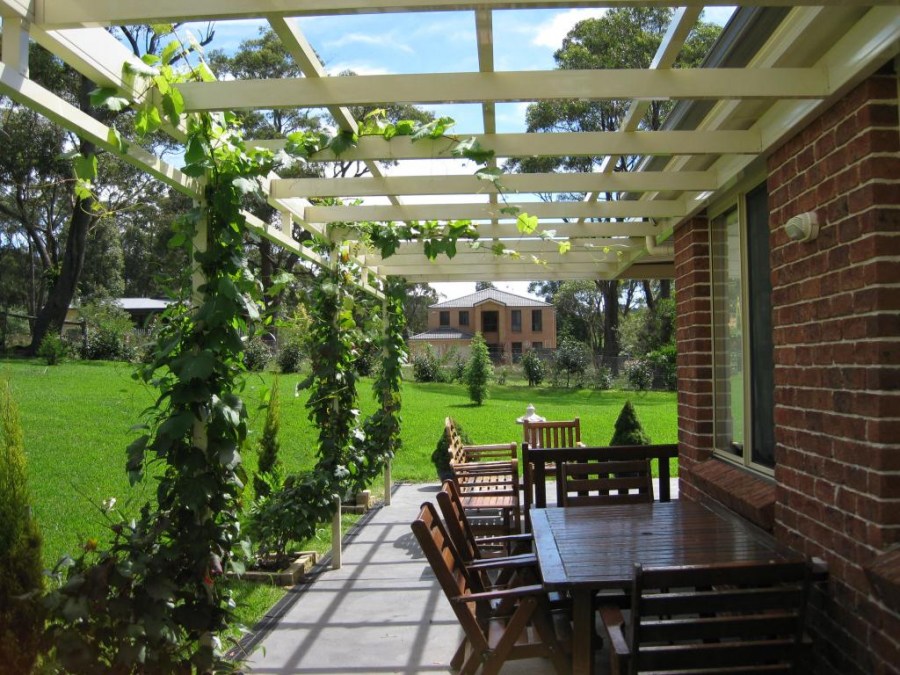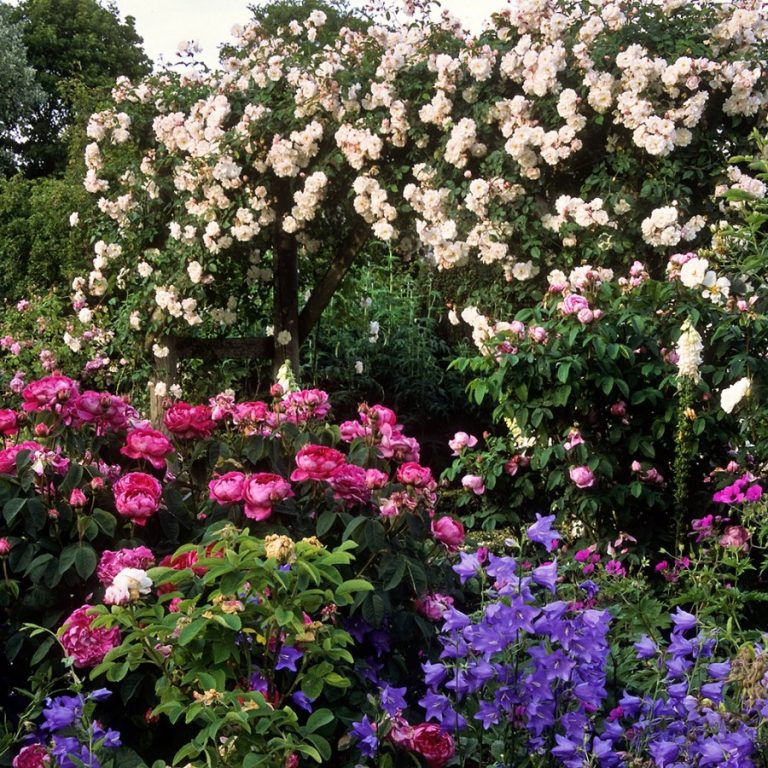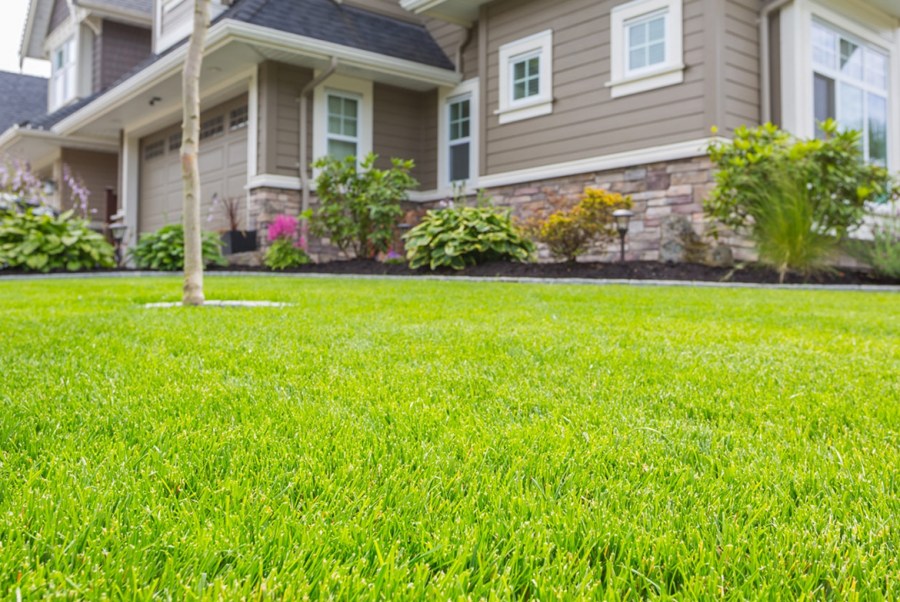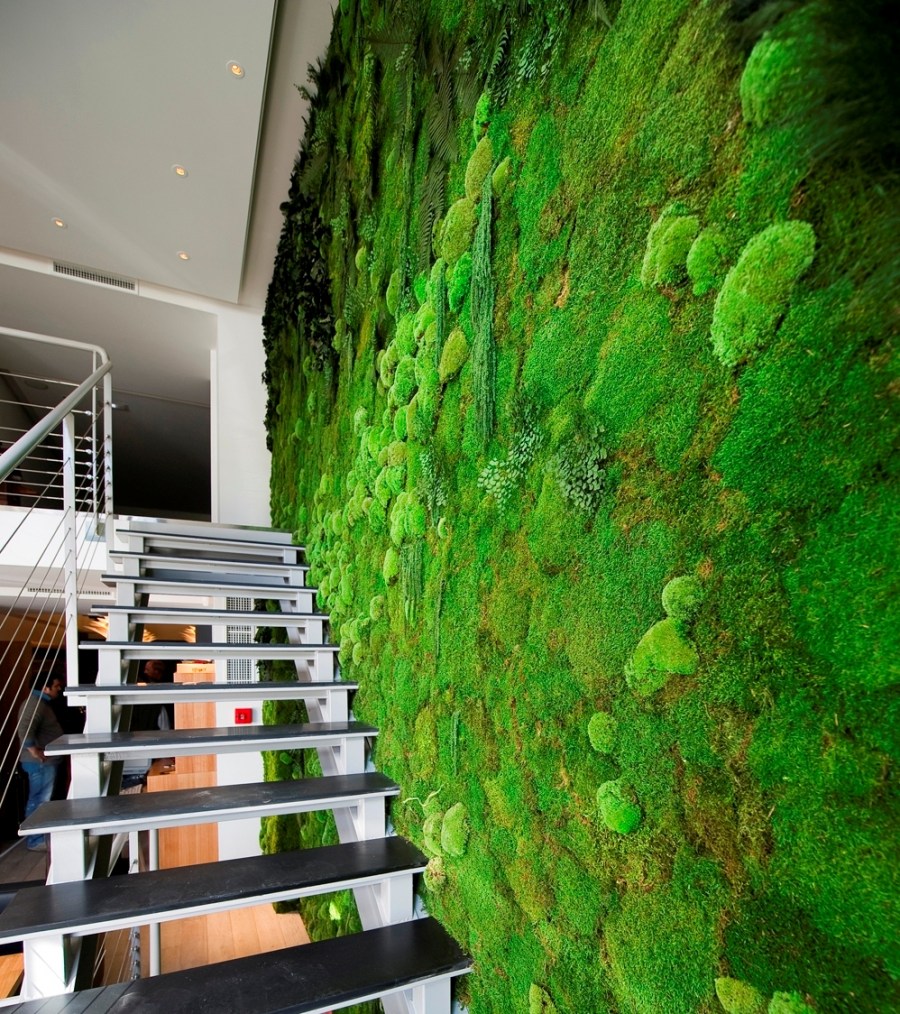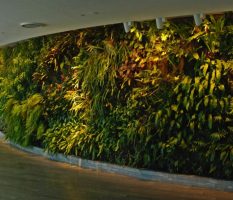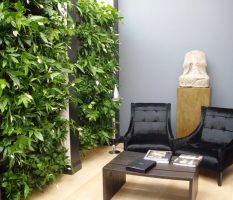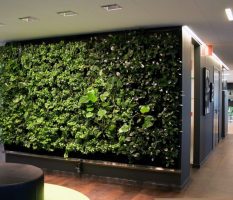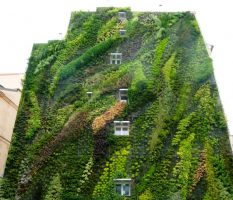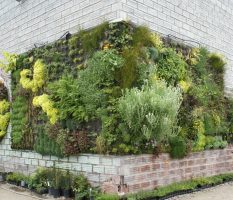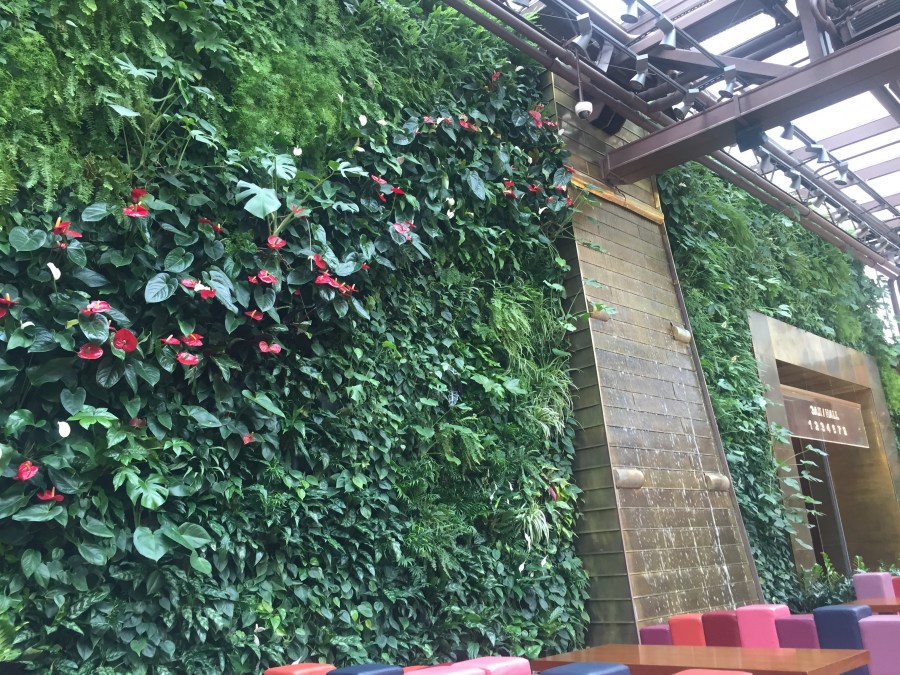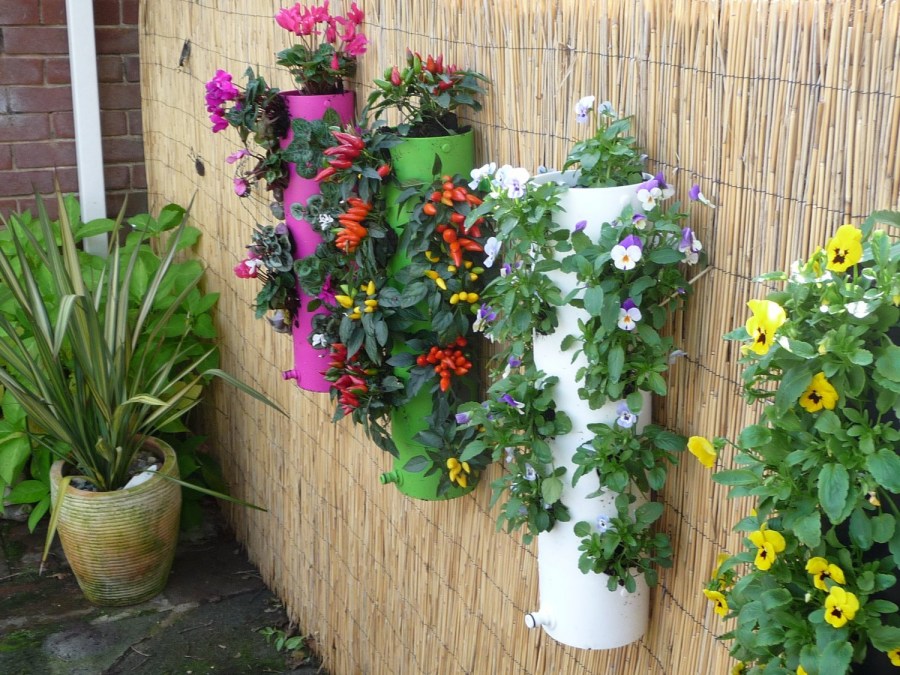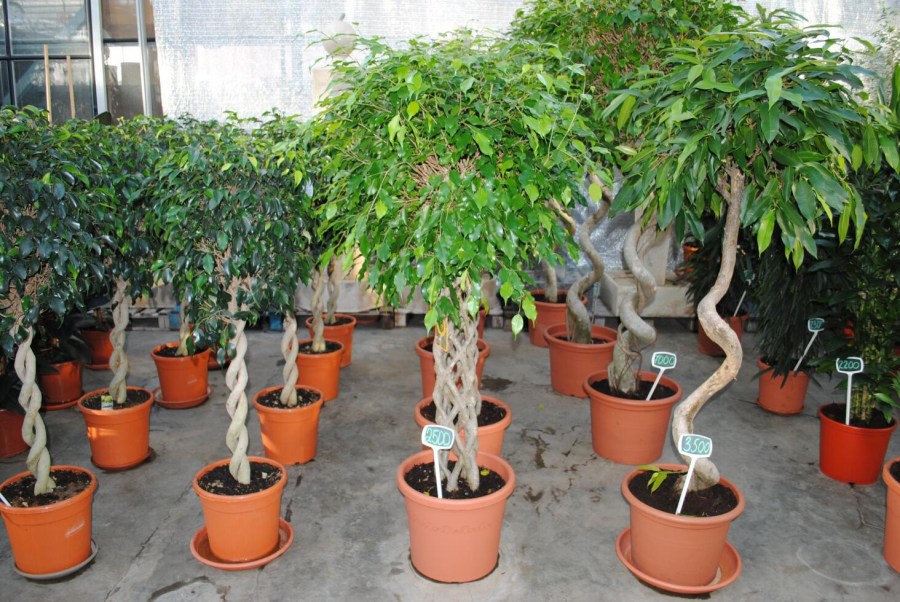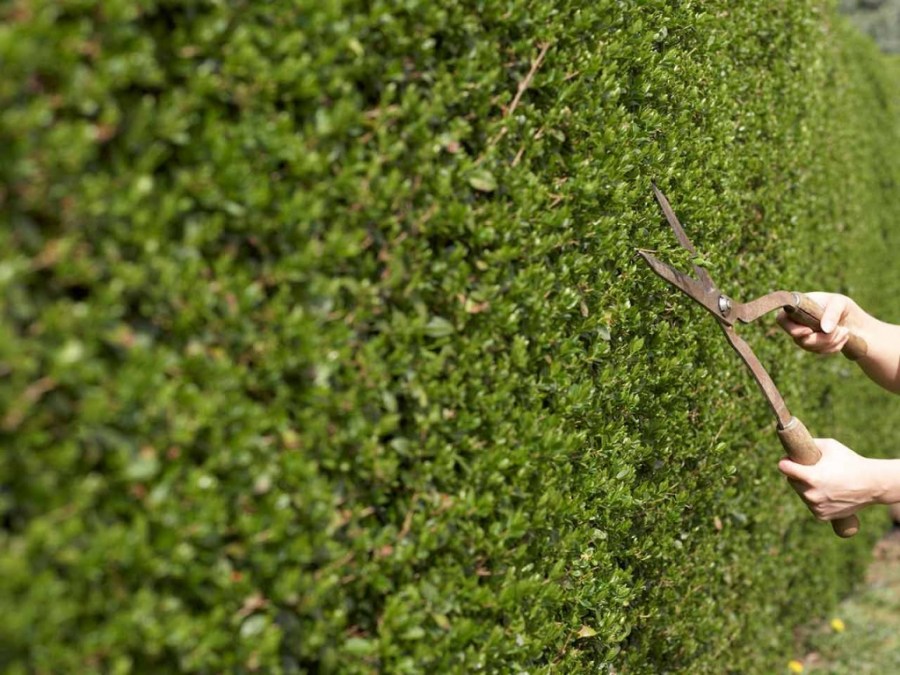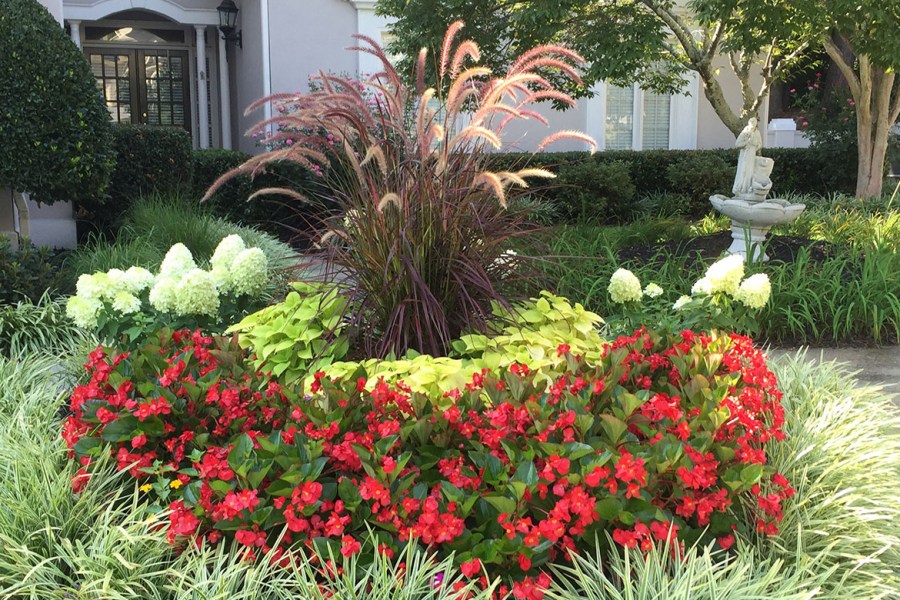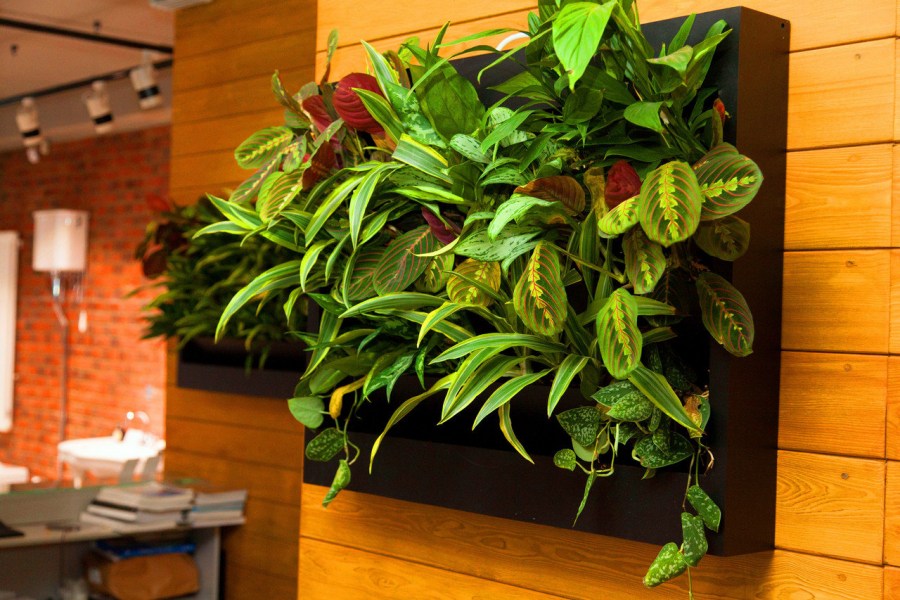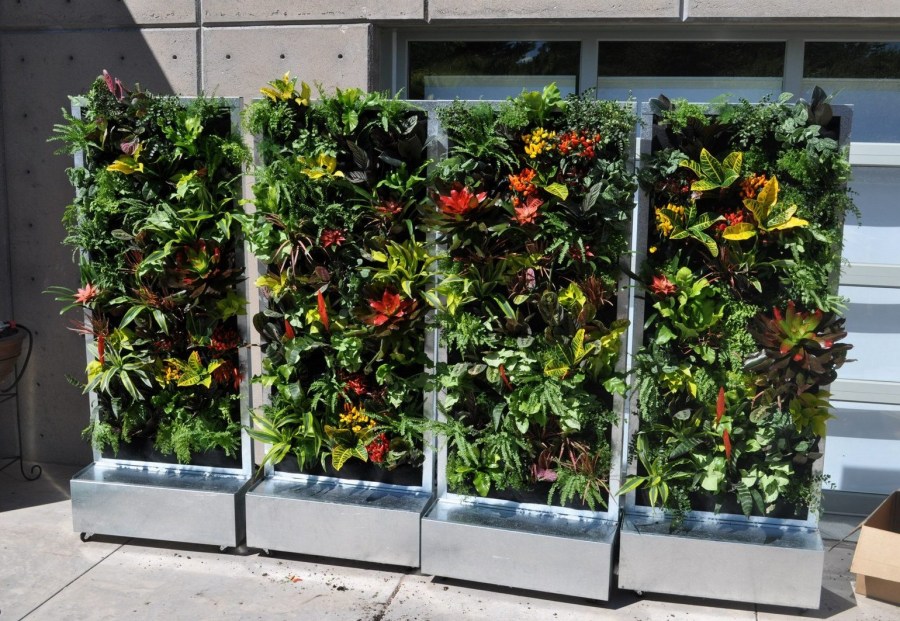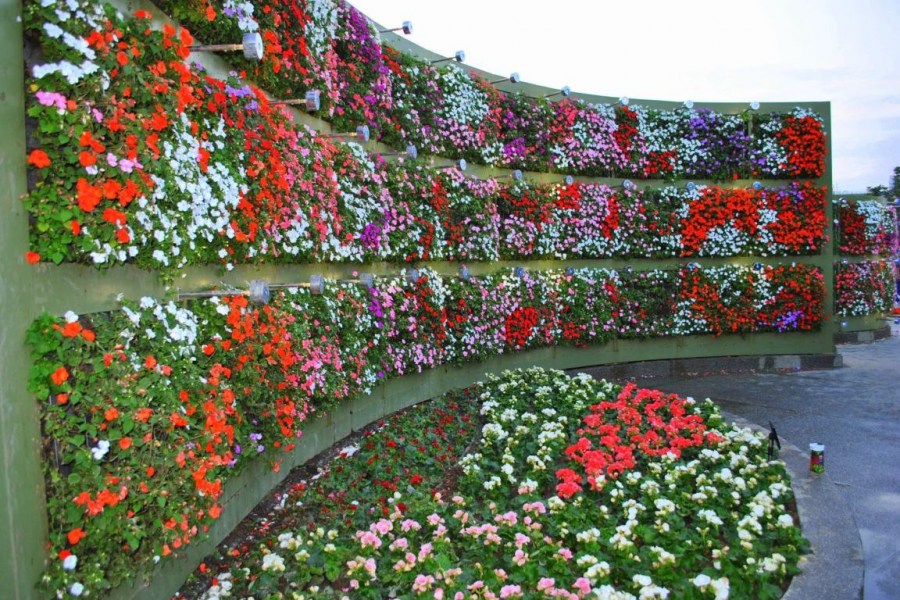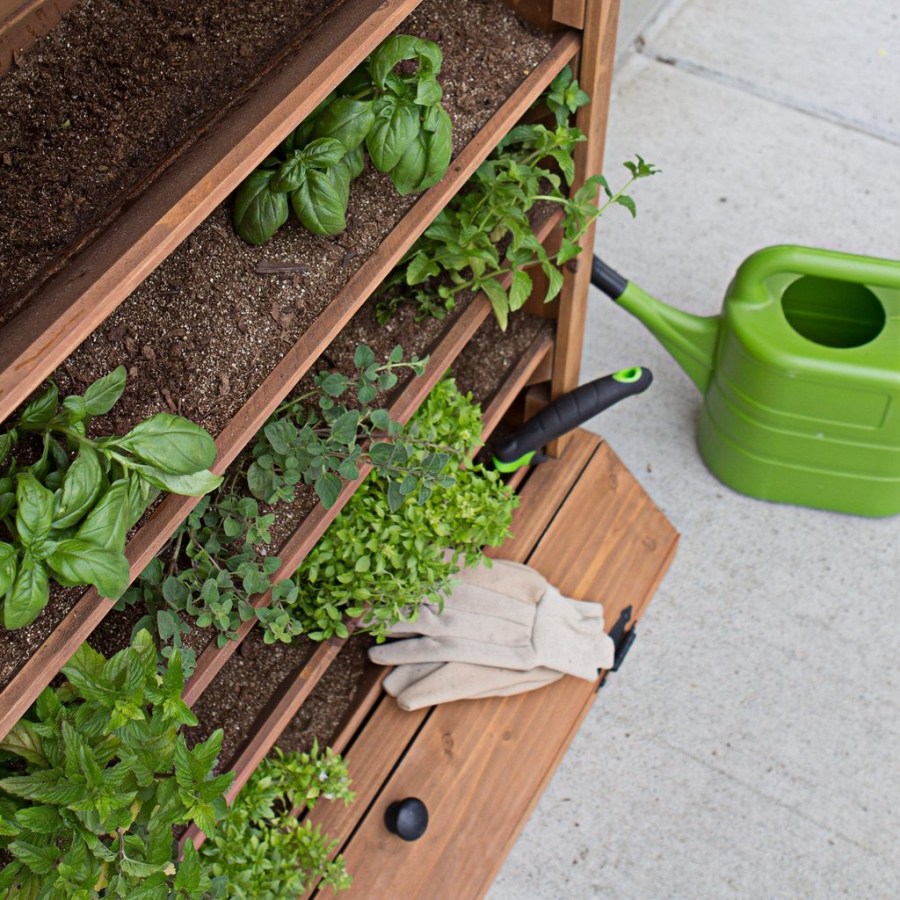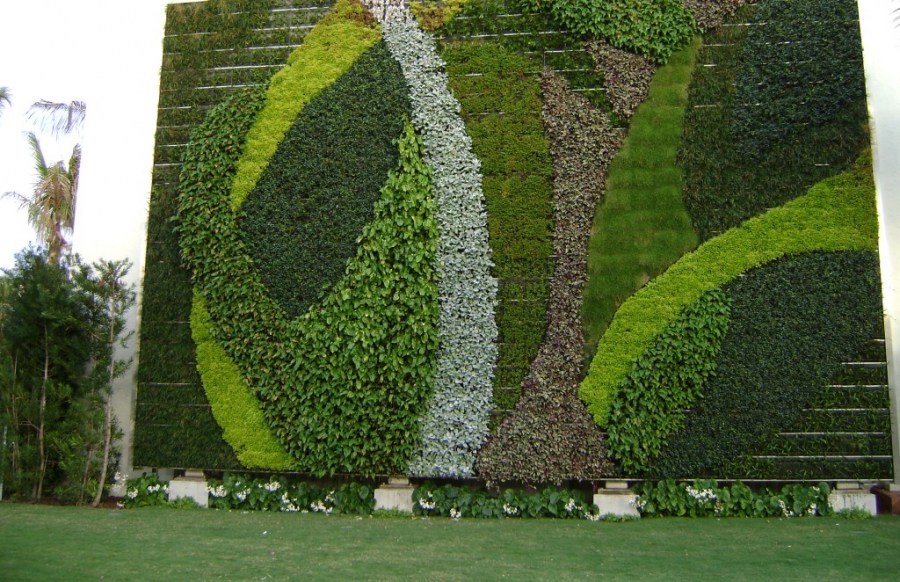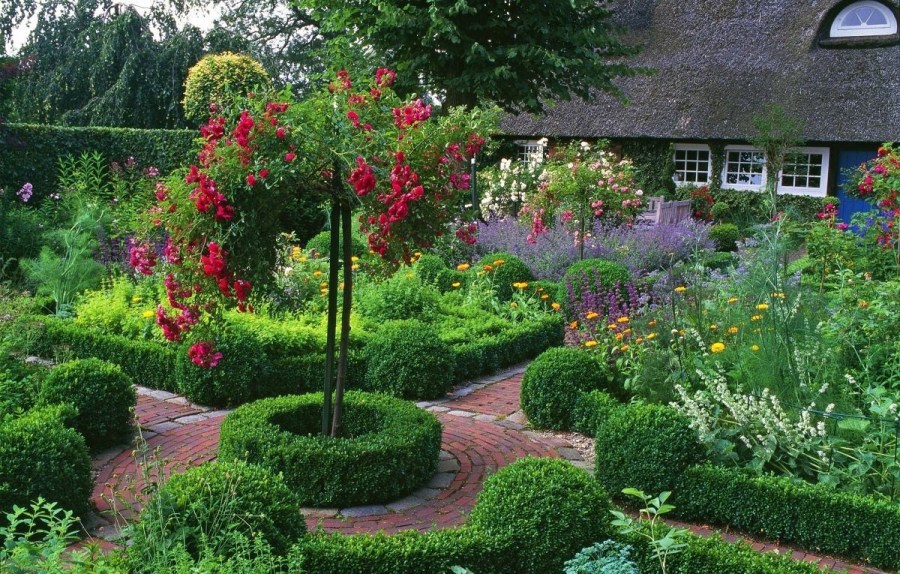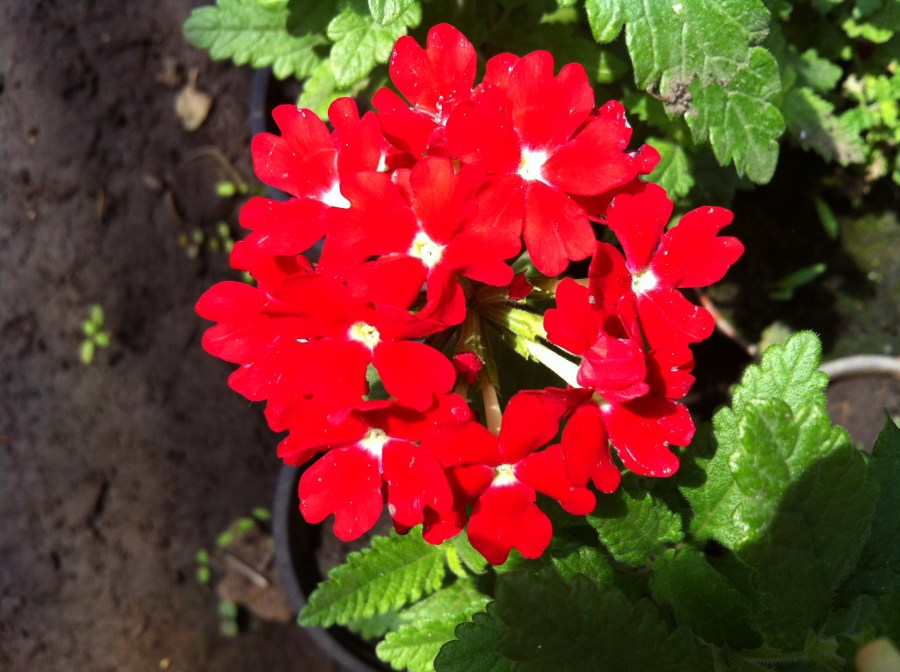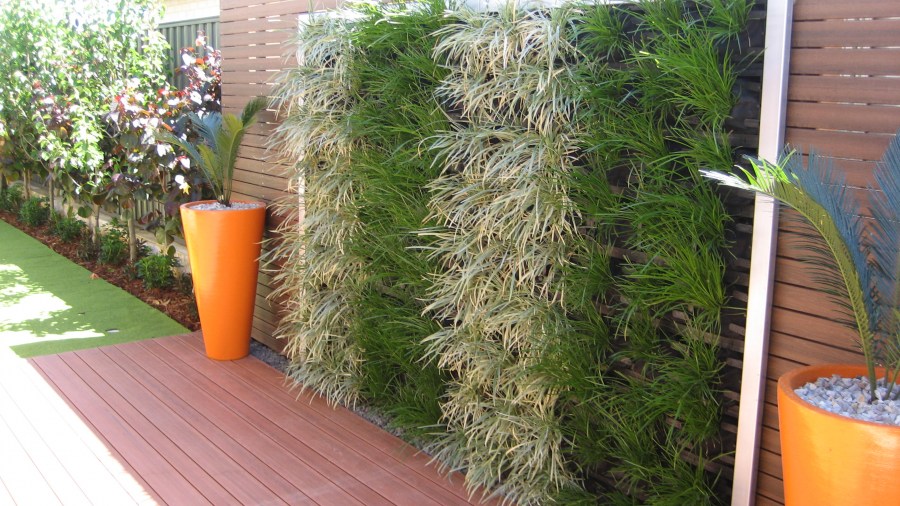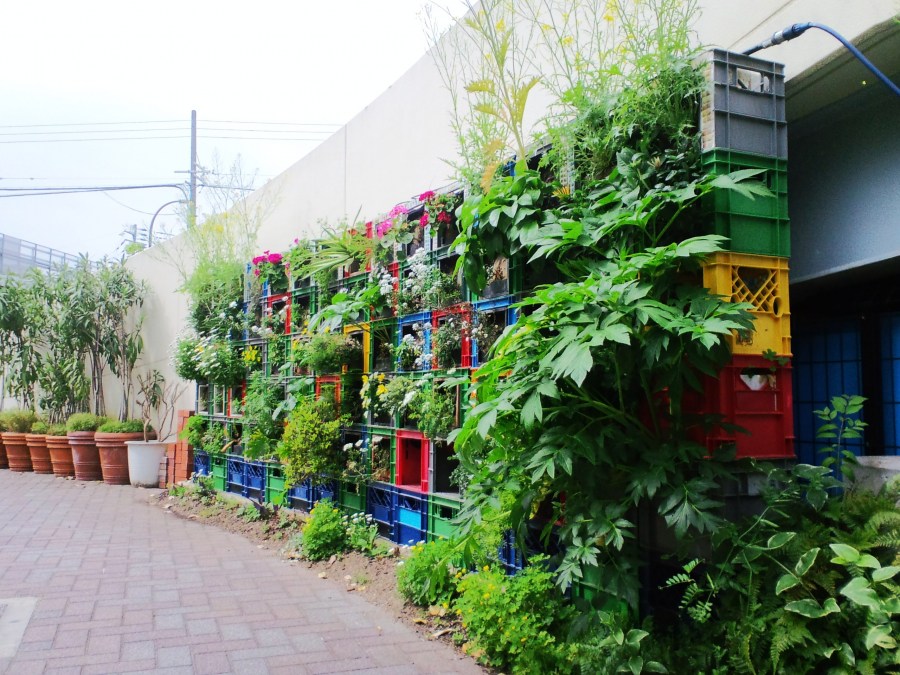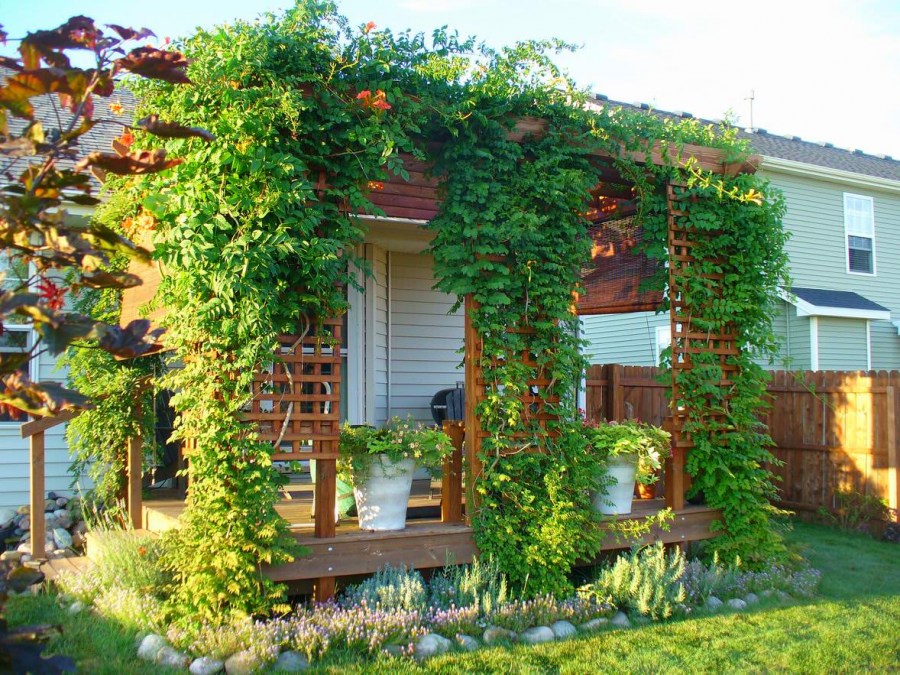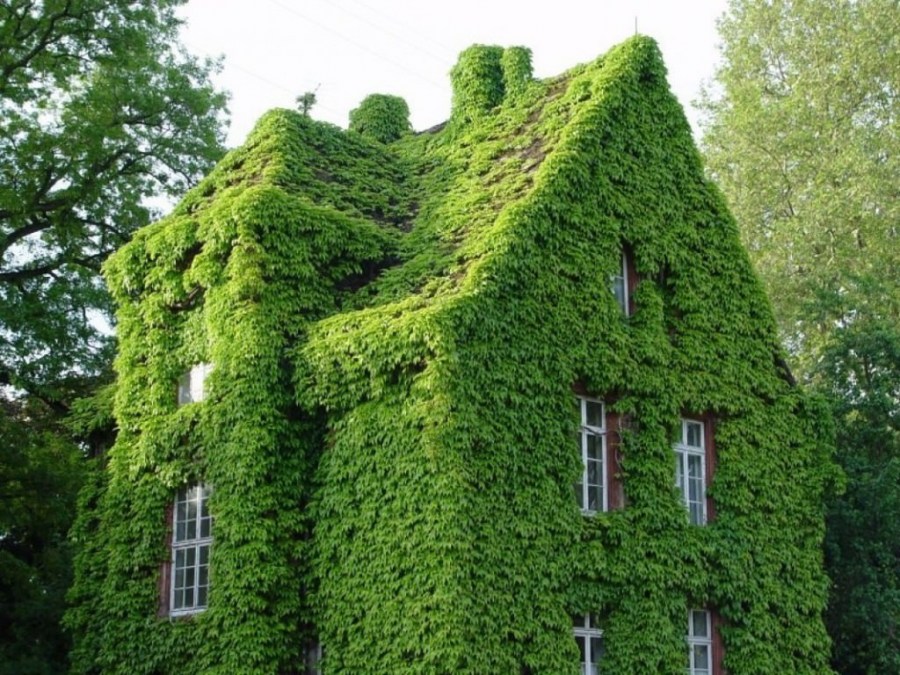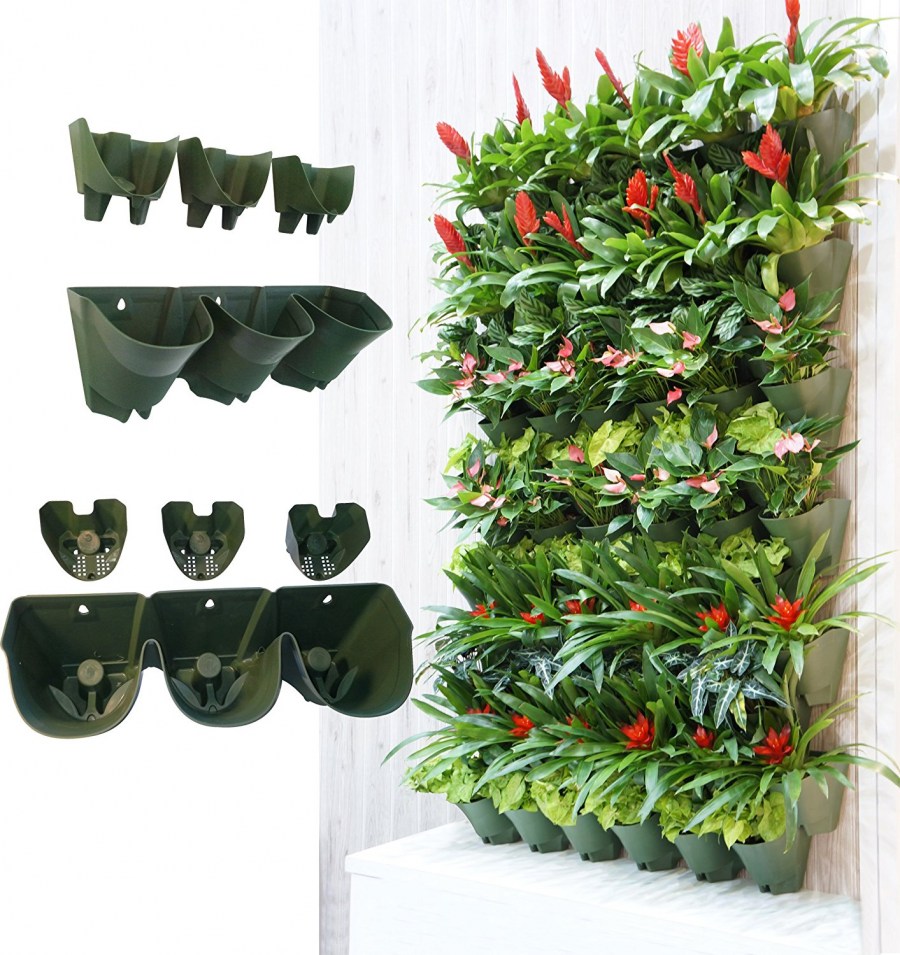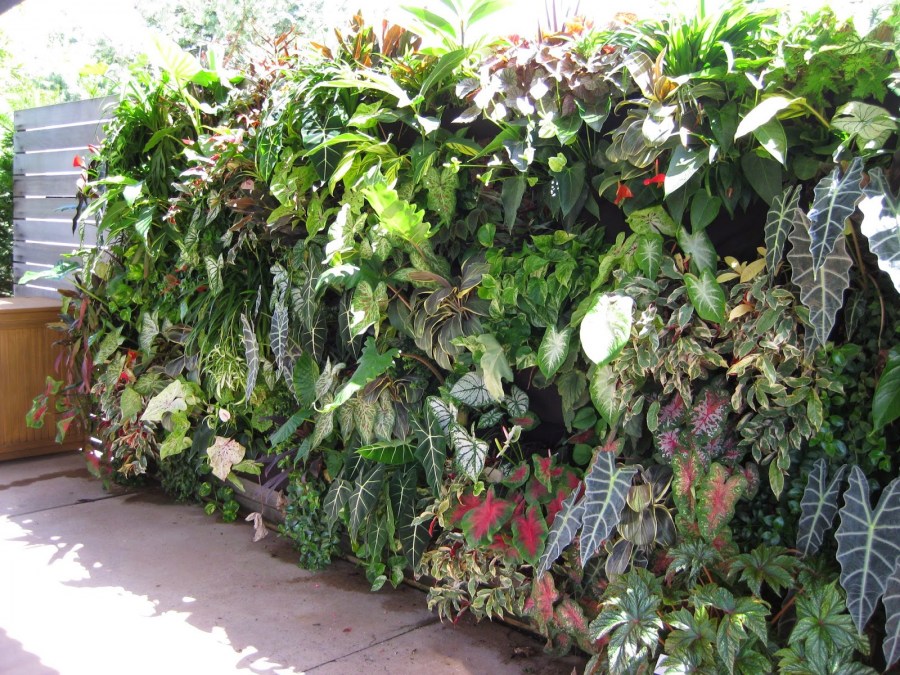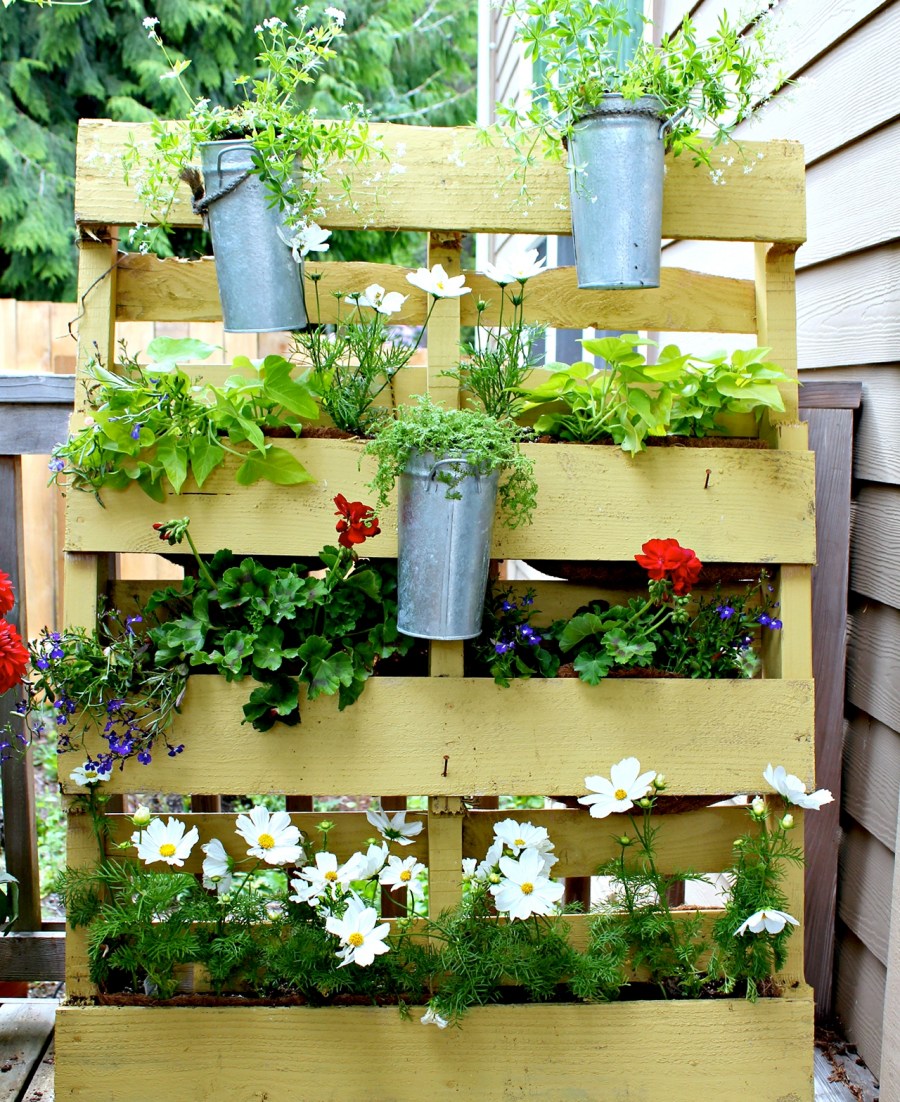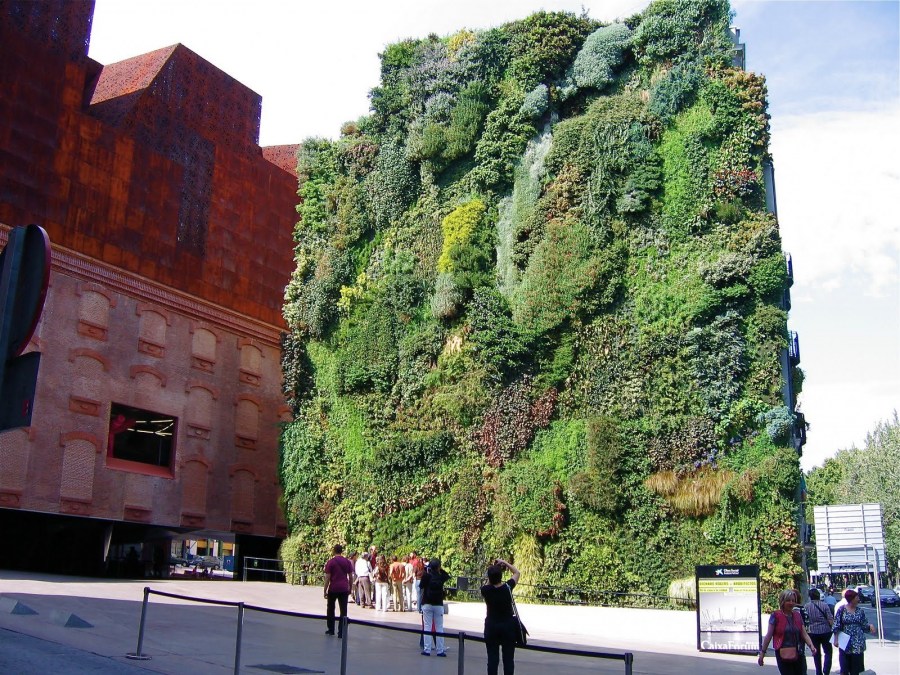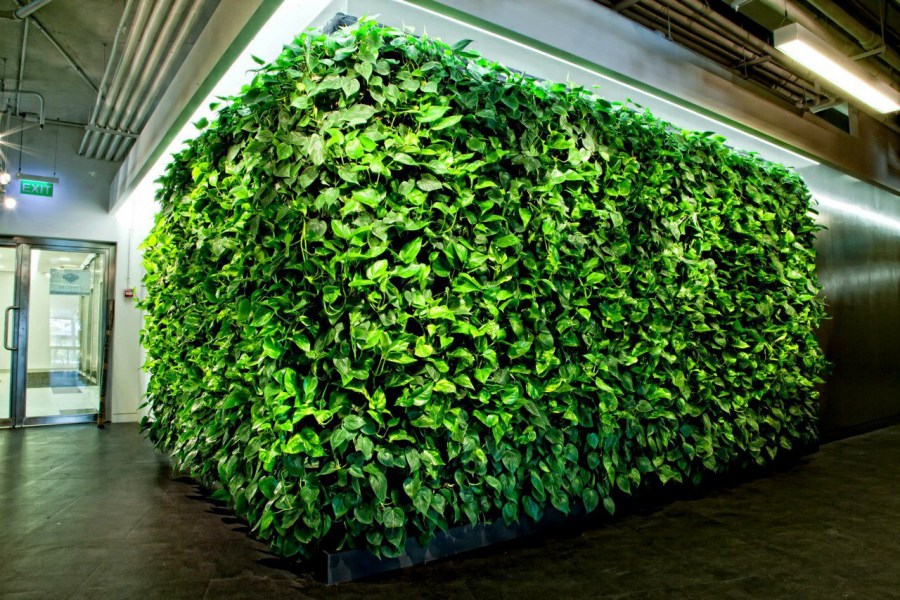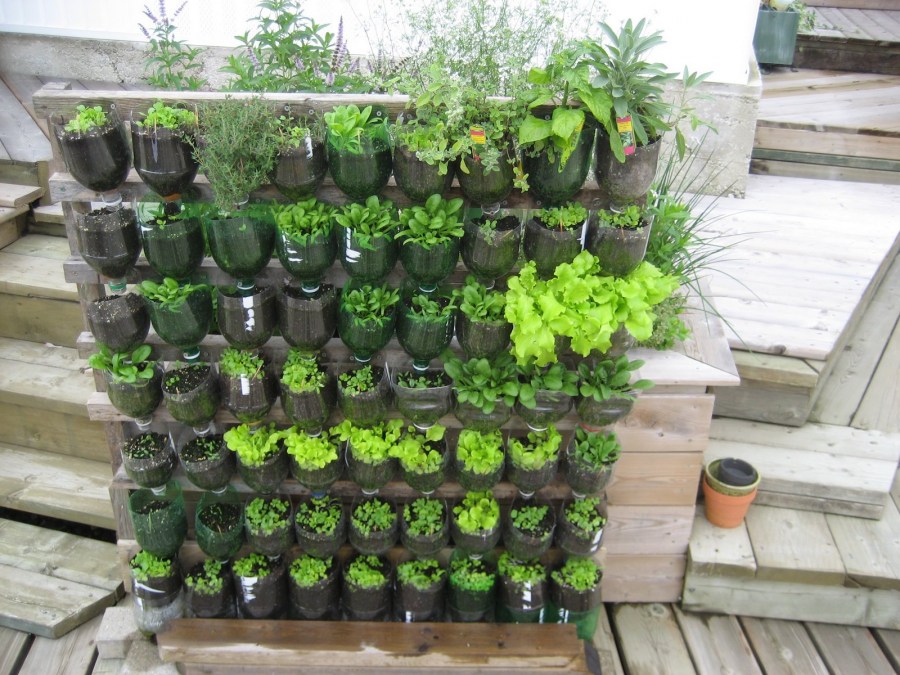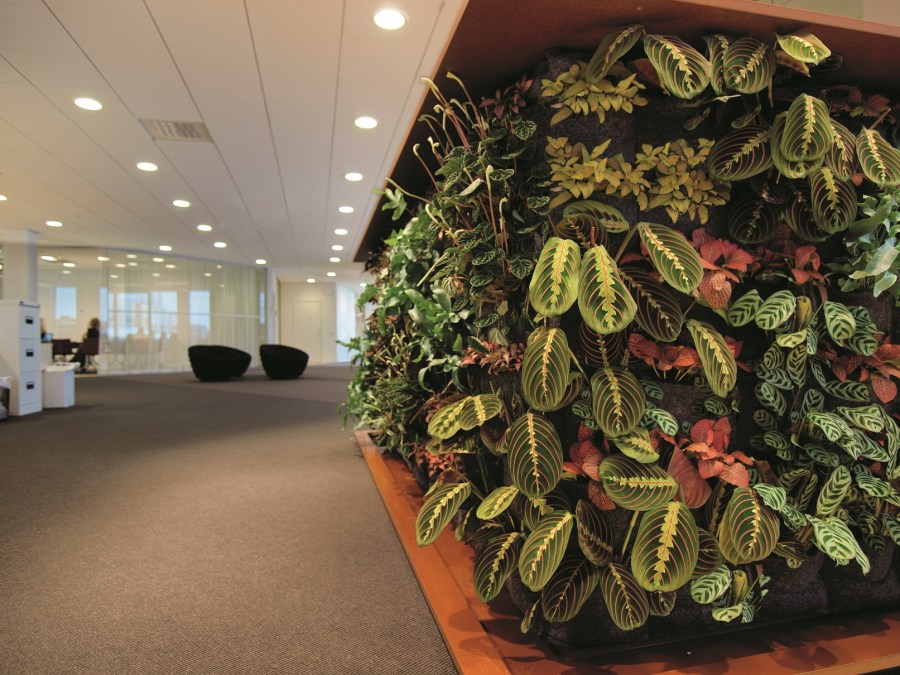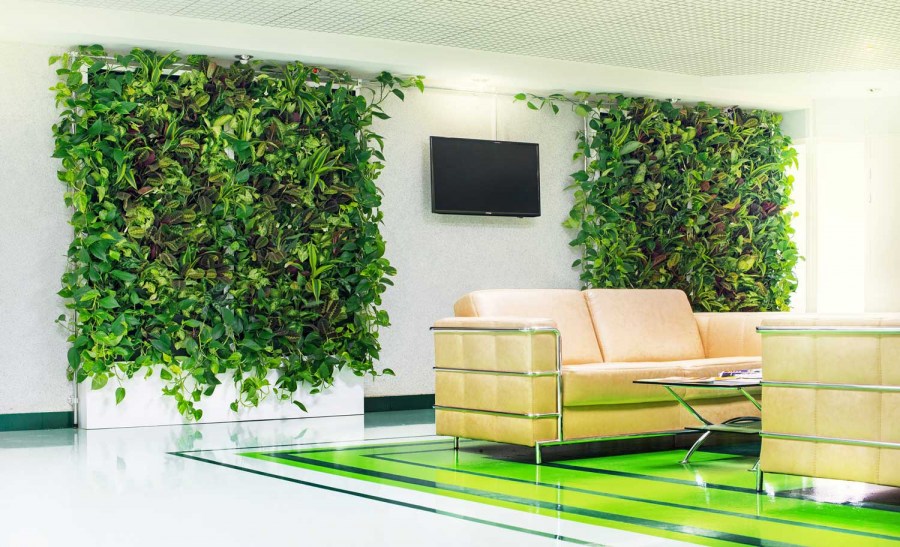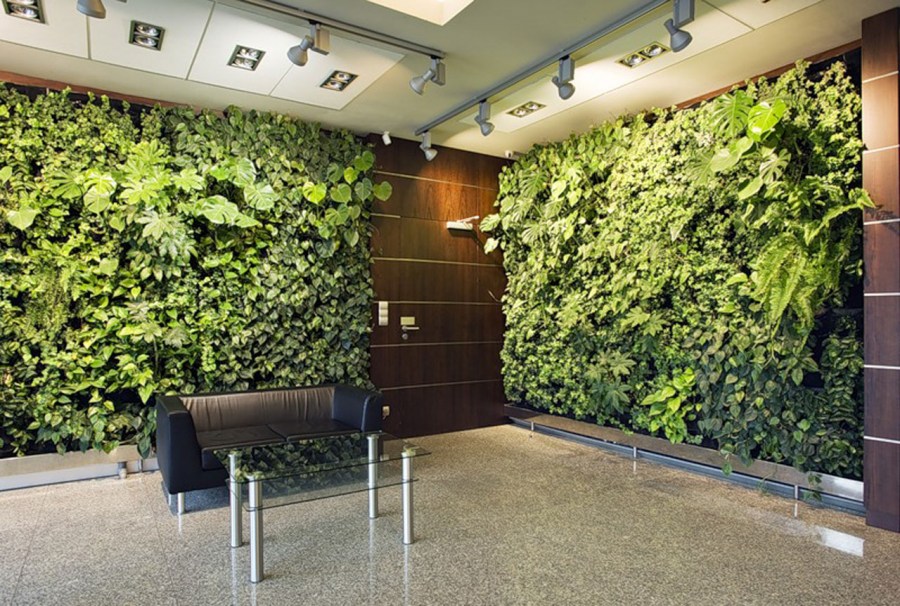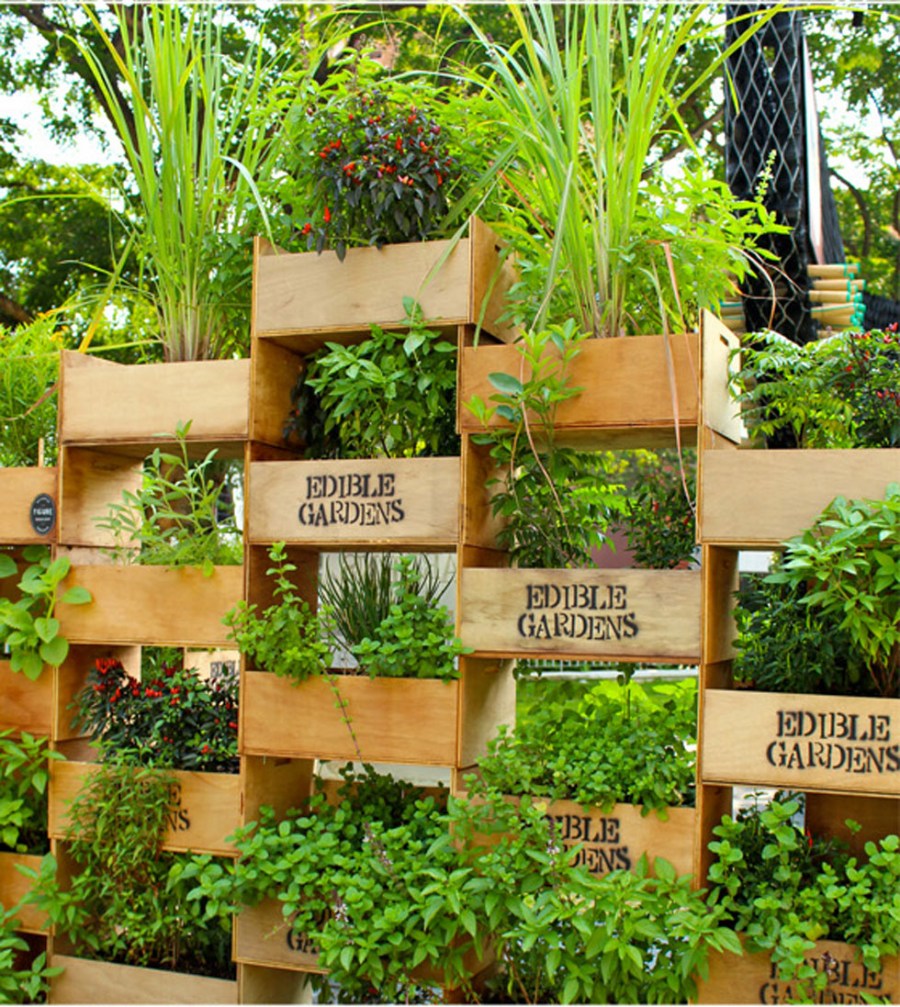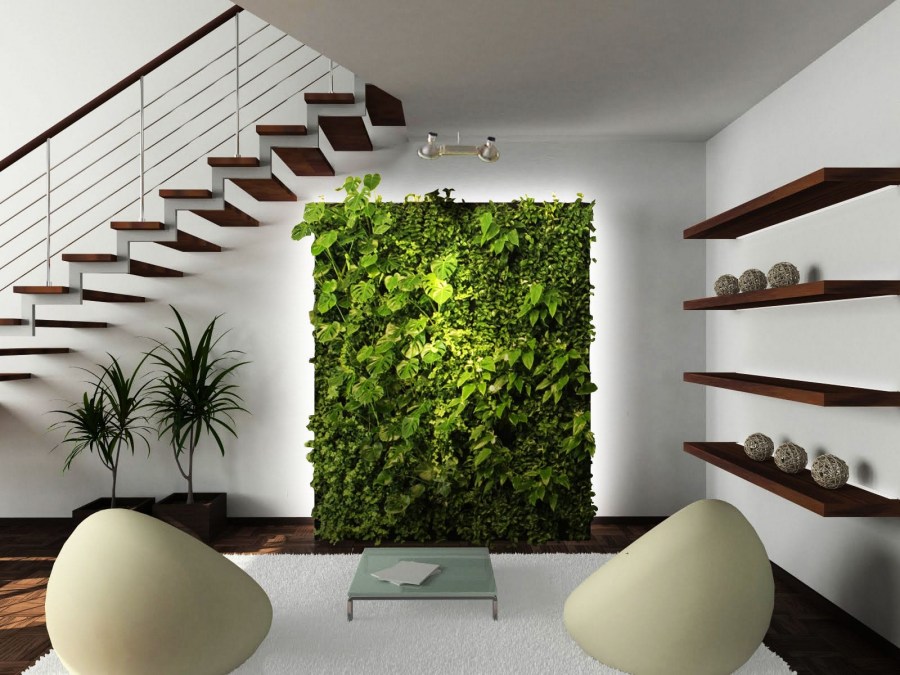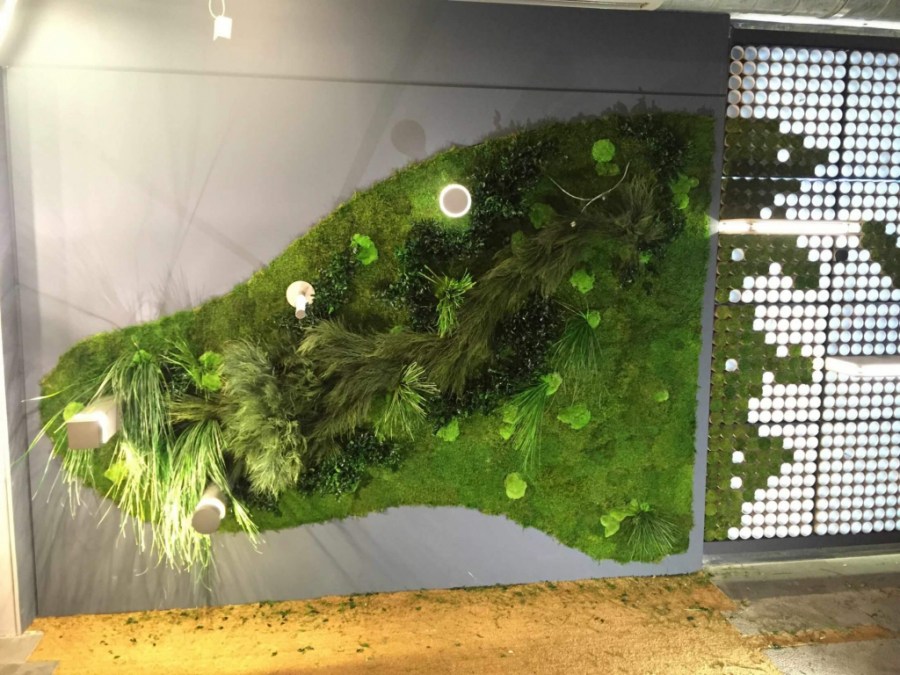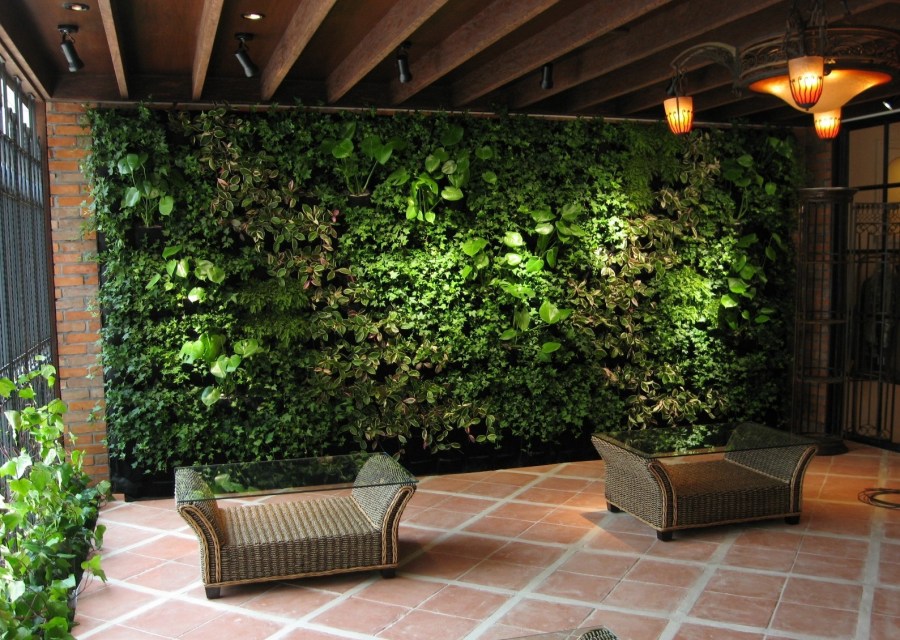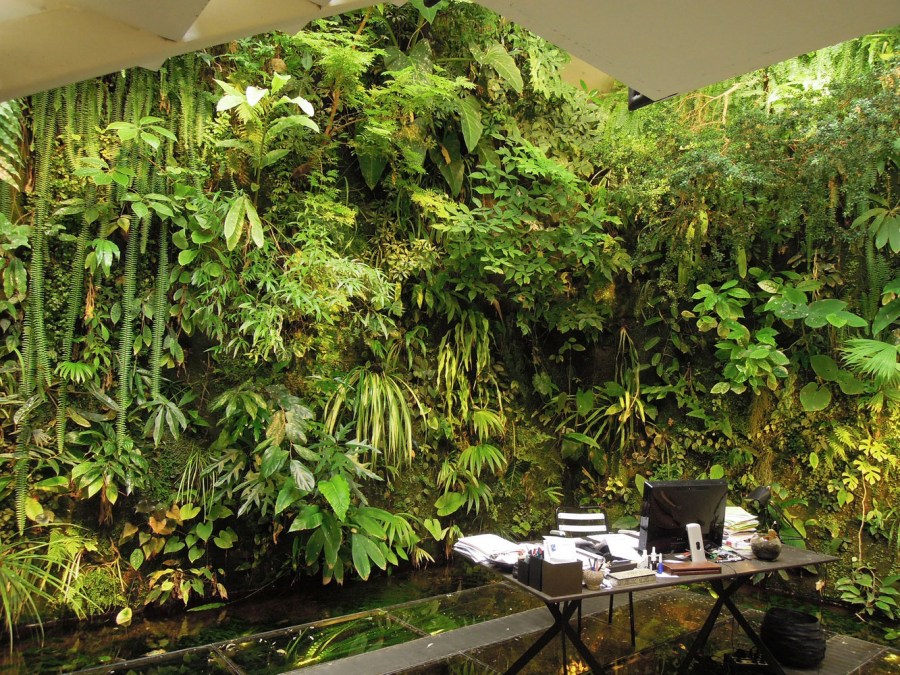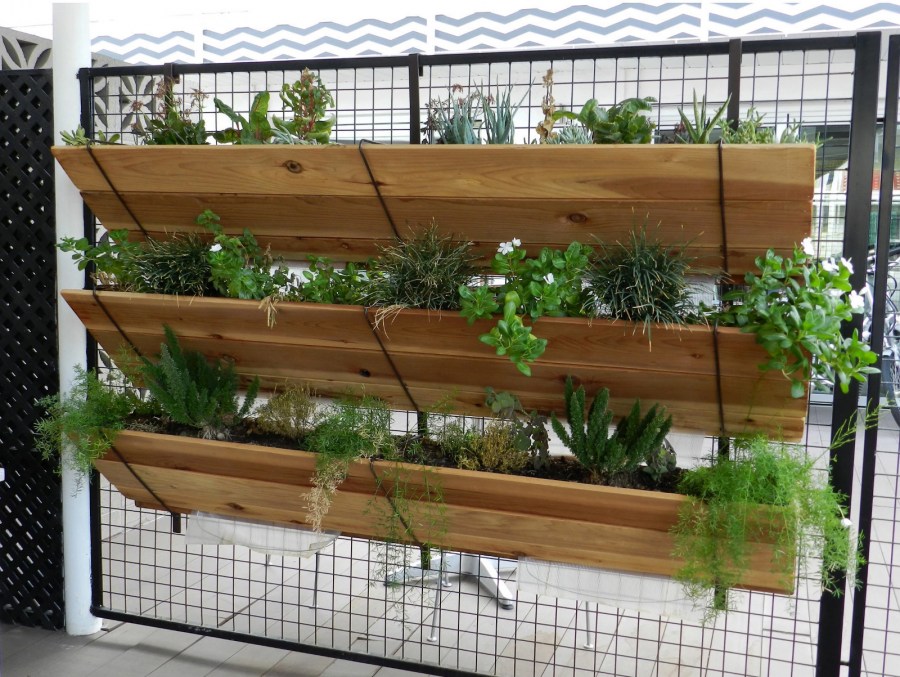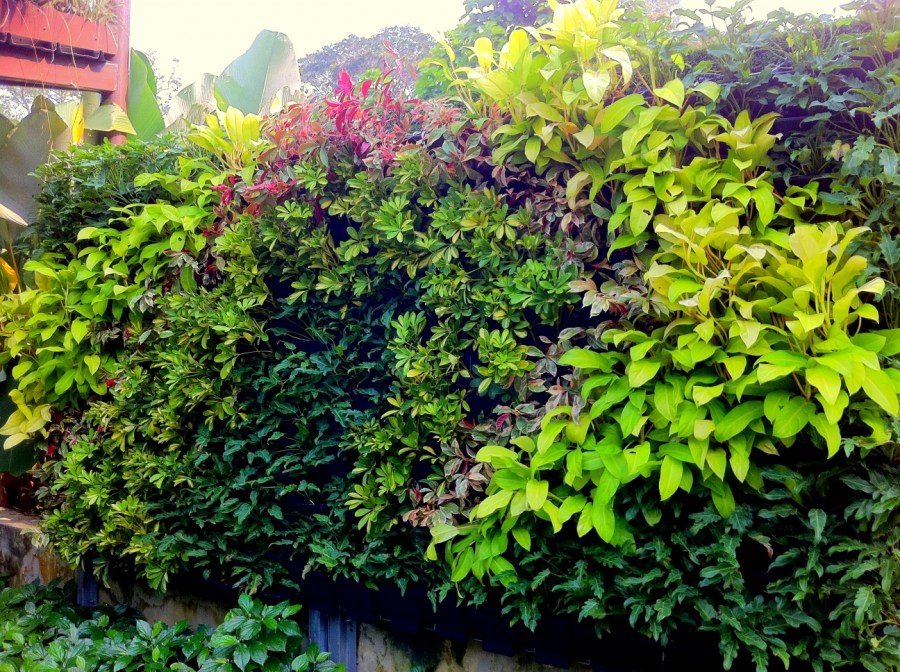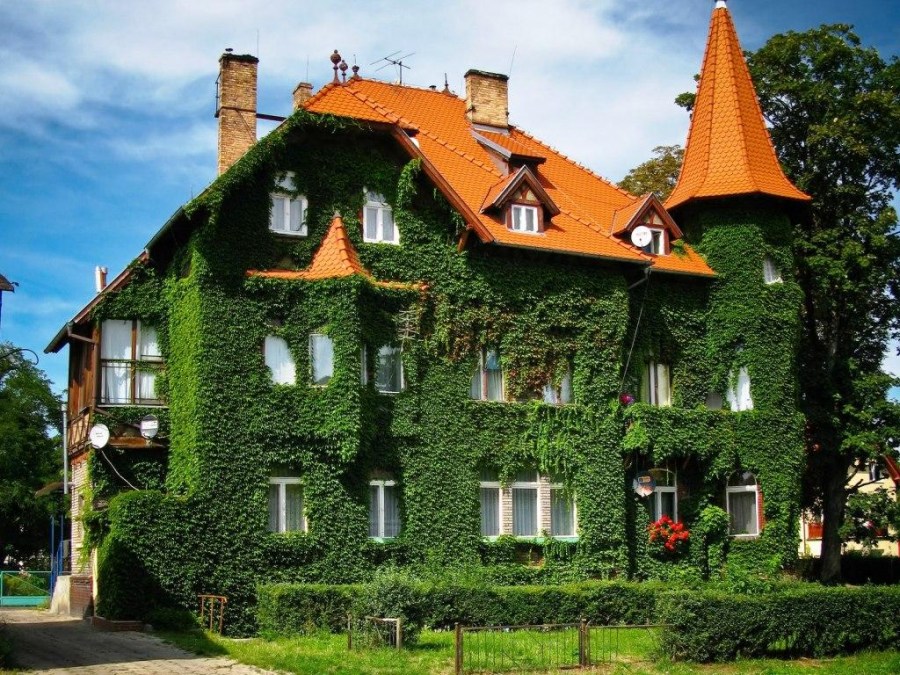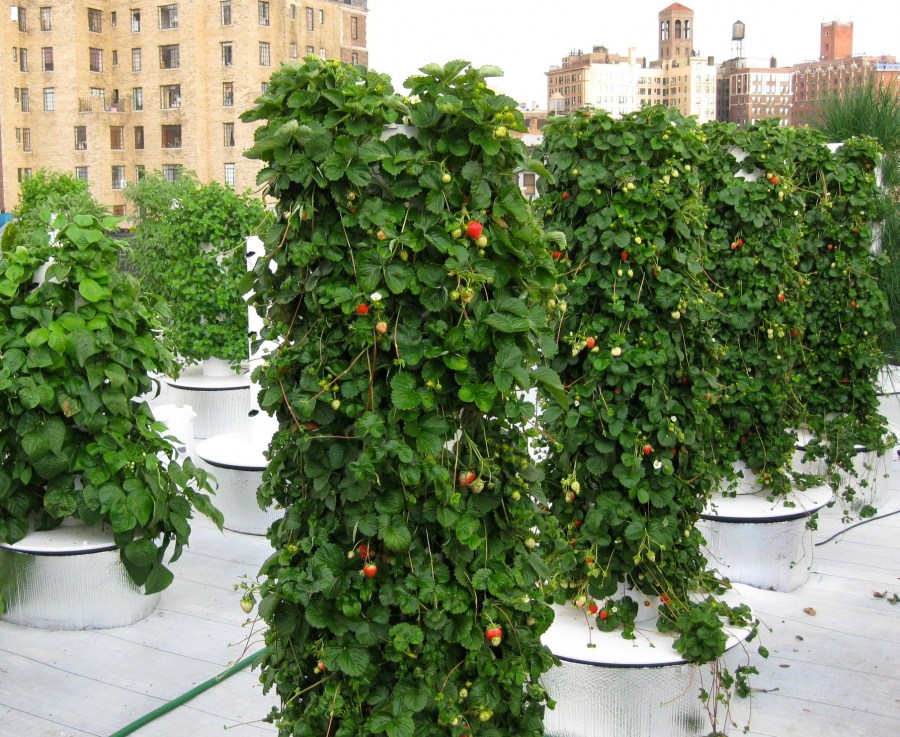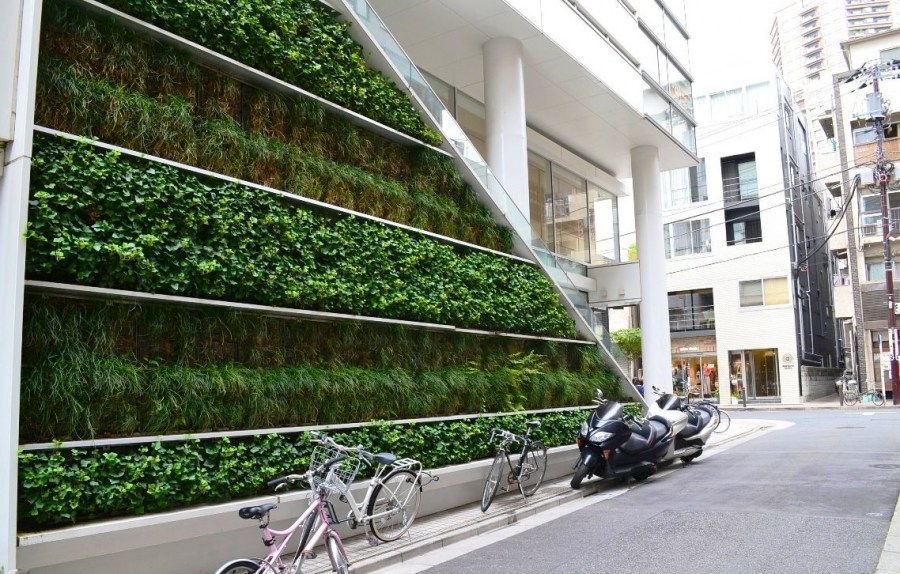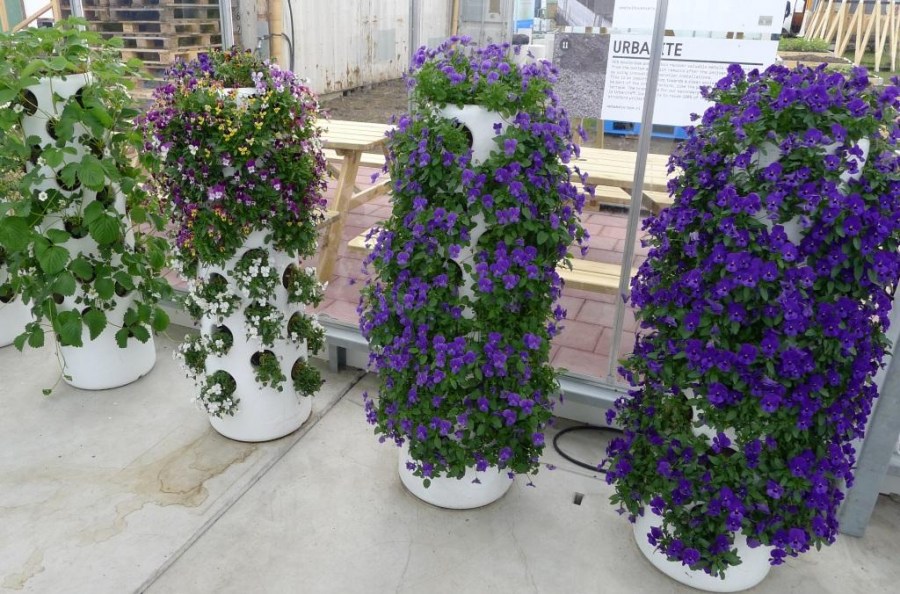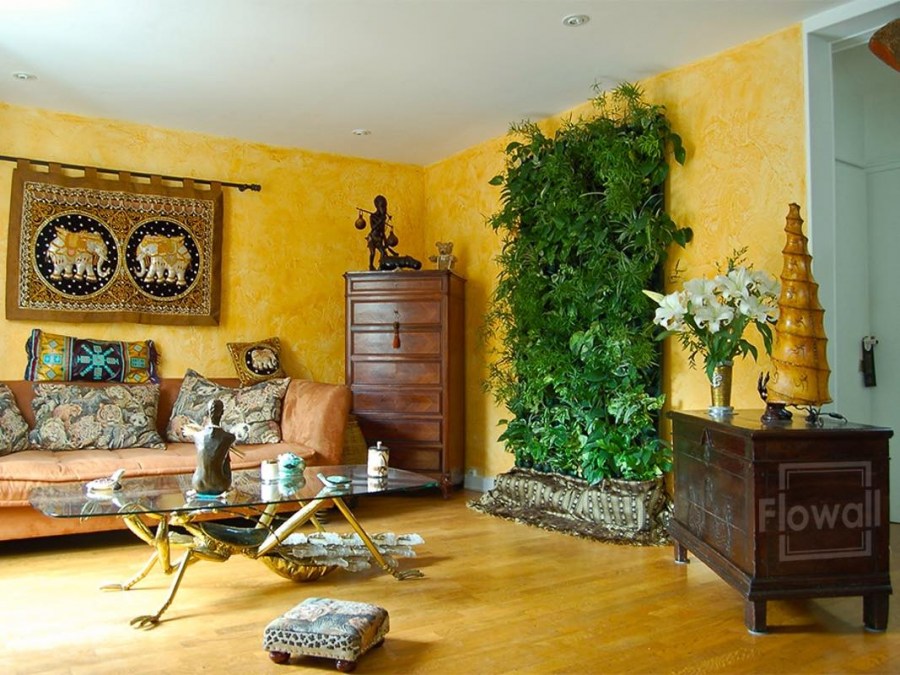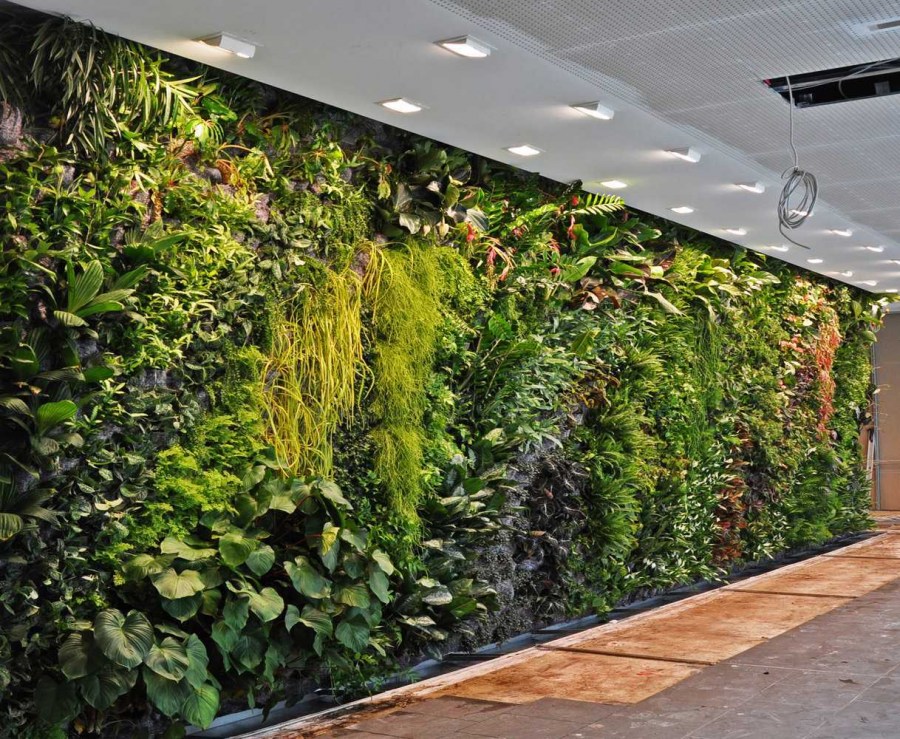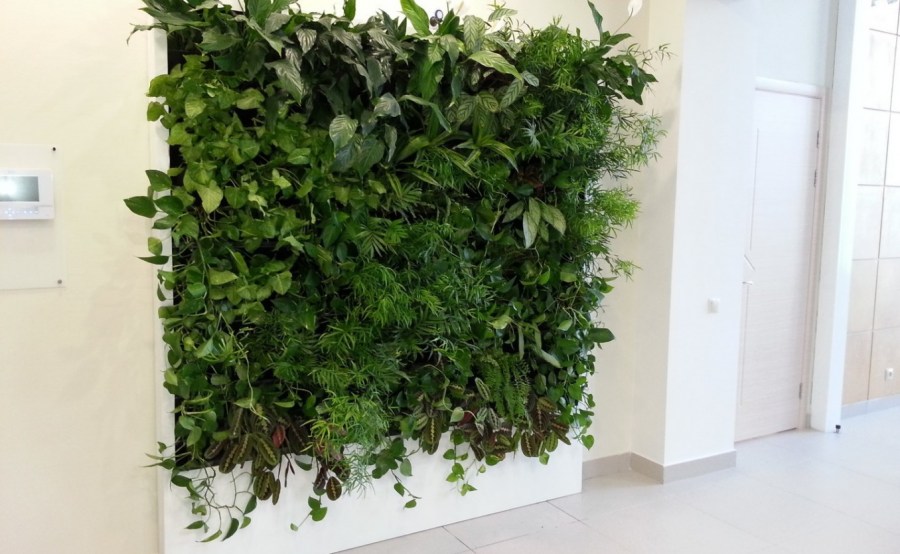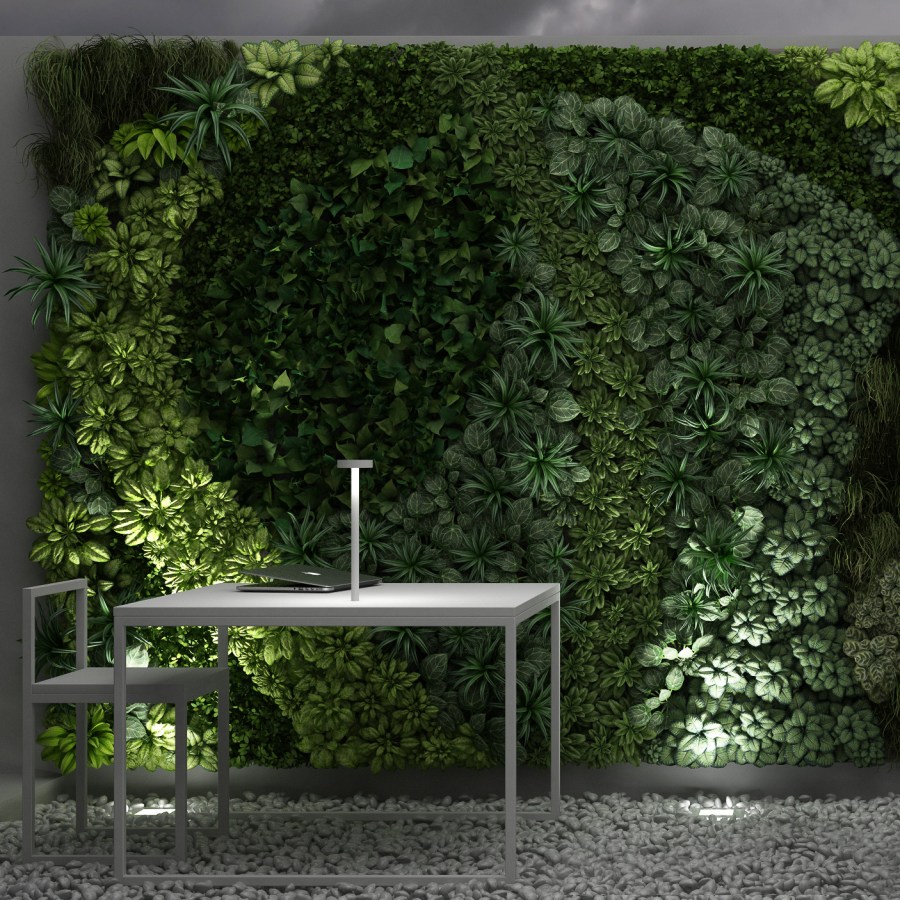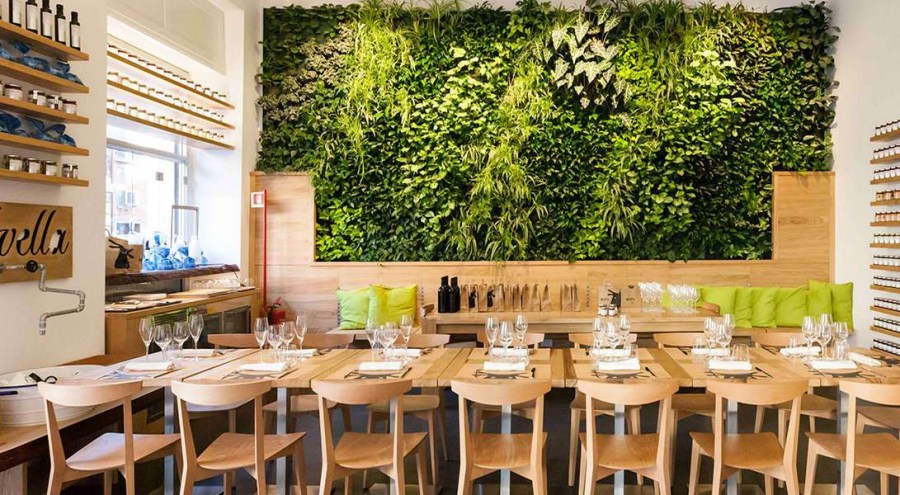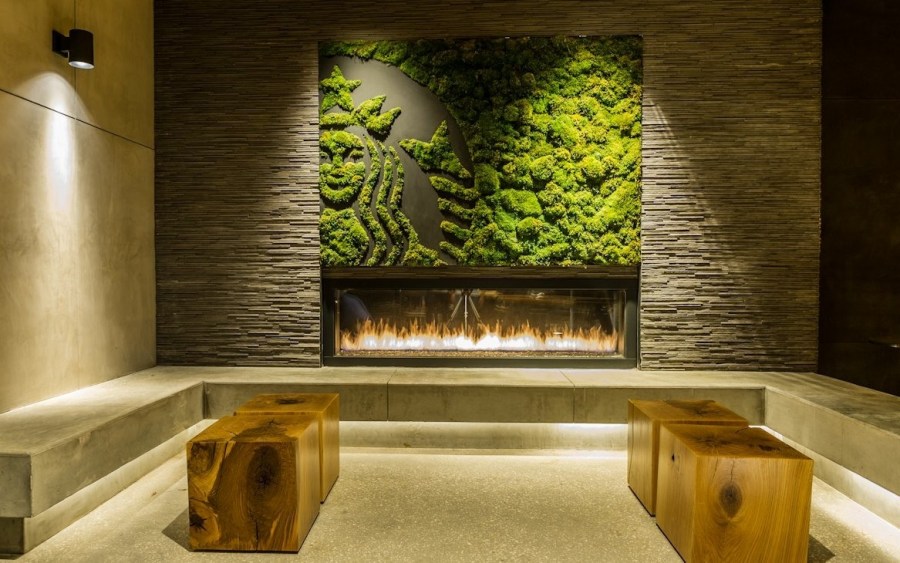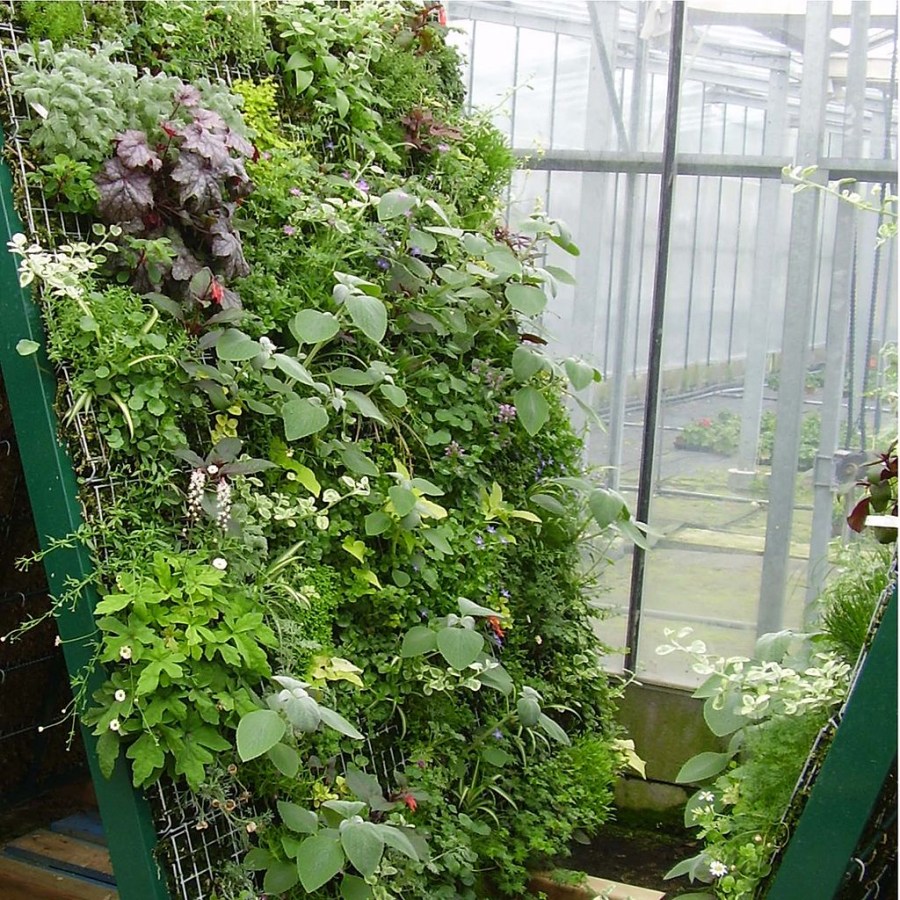Vertical landscaping - which plants and flowers to choose for the design of the site with your own hands (115 photos)
The vertical way of gardening a country or personal plot is a very practical and popular direction in landscape design. In Western countries, this type of garden design has been used for a very long time, while in the vastness of our country they began to use this method of decoration recently.
The main goal of vertical gardening is to create unique architectural forms that can, with their colors, change not only the visual perception of the territory, but also perform important practical tasks.
Functionality of vertical gardening
The purpose and functions of the vertical landscaping structure depend on where it will be located and what structure will be used.
Climbing plants, launched on the vertical wall of any structure, will give the facade an originality, as well as help hide any defects. This type of landscaping compositions in places with a hot climate is very popular. This is because the cascade of greenery on top of the facade prevents the surface from overheating, creating a pleasant shadow.
Photos of vertical landscaping clearly demonstrate that this method is perfect for zoning the territory of the site.
The easiest way, which does not require special knowledge in landscape art, is to distinguish a recreation area from household buildings using hedges. It is also a great option to hide your land plot from prying eyes.
If you plant a lot of climbing plants on the territory, you can easily adjust the microclimate in a small area.
Decorated with beautiful vegetation, a pergola or arbor will protect the hosts from the hot heat and keep humidity in the air. Landscaping vertical structures will also help protect against dust and noise.
A vertical flower bed, located on a separate site, will transform the appearance of the entire house area, while saving square land meters.
Design features of landscaping
Design designs for landscaping is very diverse. The choice of a specific option will depend on the direct goals that must be achieved using this type of landscape design.
Arched structures
Arches are often used to create a harmonious transition between different functional areas. And you can complete the composition with a wonderful object in the form of a statue or an unusual plant shape that will welcome guests at the end of the vault.
Varieties of climbing roses, unusual clematis, and honeysuckle are suitable plants for vertical gardening of arched compositions. The material for the manufacture of arches is more often metal or wood, less often there are structures made of stone elements.
It is important to correctly calculate the dimensions of the building so that the bindweed plants do not interfere with the passage under the arch. The height of the structure is selected not less than 2.2 meters, width in the range from 120 cm to 150 cm.
Pergola
Pergolas come from the Mediterranean. Initially, such structures were used to maintain the vines of the grapes and facilitate the harvesting process.
The pergola consists of repeating pillars or arched openings that are connected to each other by bars.This design is very practical and uncomplicated in execution, has an aesthetic appearance, therefore pergolas take not the last place in landscape gardening of the interior of sites.
These structures can have several functions:
- protection from sunlight - such pergolas have a compacted upper platform, are located in children's areas and in the recreation area;
- zoning - the pergola is made in the form of a screen that protects from prying eyes;
- the design of garden paths to simulate a tunnel passage.
It is important that the pergola has the same style as the main building.
Living wall
Hedgerows, which are often used for a vertical method of landscaping, can be presented in the form of trellised canvases, trellises or columns that are connected by chains.
Mostly, constructions are made of wood, less often of a metal alloy painted in wood tone or olive shade. The vertical lattice canvas is in harmony with the arches, and placed between the openings of the pergola, it will be an excellent tool for zoning.
A column of pillars, which are fastened together by chains or a rope, which is seated with winding roses or clematis, will be a wonderful decorative transition from one territory in the country to another.
Hanging products
One of the new and no less attractive directions in landscaping is the decoration of the interior with hanging models. So, you can decorate a street terrace with suspended flowerpots with petunias, begonias and other ampelous plant species.
Wall planes of buildings or a fence can be decorated with phytomodules for vertical gardening, in which plants that do not require heavy watering are planted.
For landscaping with your own hands, you can use improvised materials. So, having cut a pipe from plastic, connecting several similar parts together and hanging the composition, we get an unusual element of vertical landscaping decoration, in which it is possible to grow fragrant herbs and spices. In such products, holes must be made from below so that excess moisture can be removed.
Hanging models can be used for landscaping in the apartment. This will save space without giving up the luxurious green corner at home.
Vertical flower beds
Flower beds of a vertical structure are not used often by ordinary people, although this method is not only outwardly attractive and original, but also allows you to save useful area.
Such structures are created from garden containers of different sizes, placing the largest below, and smaller ones rising above. It is enough to arrange 3-4 tiers to take care of such a flower bed was convenient.
Petunias, marigolds and stunted asters, fern species and spicy spices are suitable as plants suitable for planting in vertical plant designs.
We select plants
Perennial plants and annuals are suitable for landscaping compositions. Annual species are not resistant to frost, therefore, they should be germinated in seedlings in advance, and only then planted in open ground at the beginning of summer. For perennials, fertile soil should be prepared.
It is also important to systematically carry out loosening of the soil and introduce the required complex fertilizer compositions into it, then the landscaping structures will be decorated with lush healthy vegetation.
Photo of vertical gardening
Garden composter: step-by-step instructions on how to do it yourself
Houses in a modern style - options for exclusive design (150 photos)
Tapestry: 115 photos of simple manufacturing methods and application in landscape design
Join the discussion:
